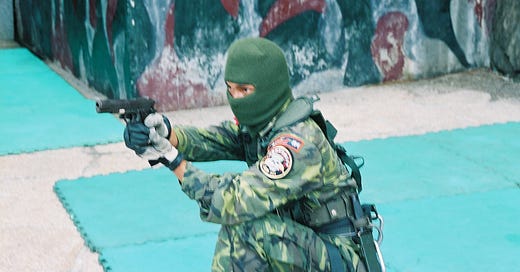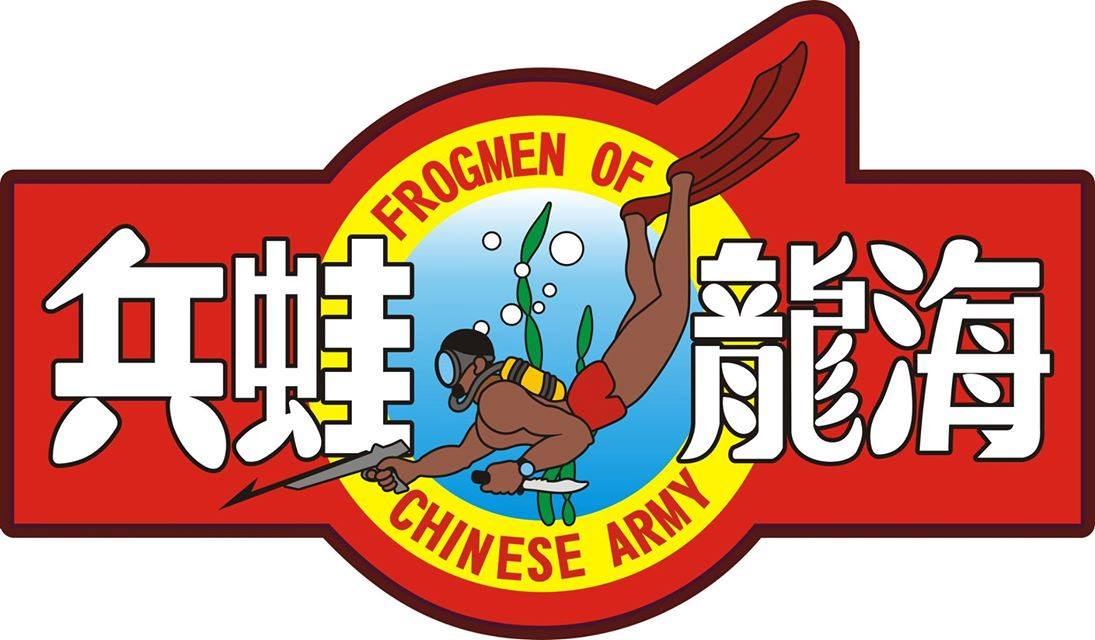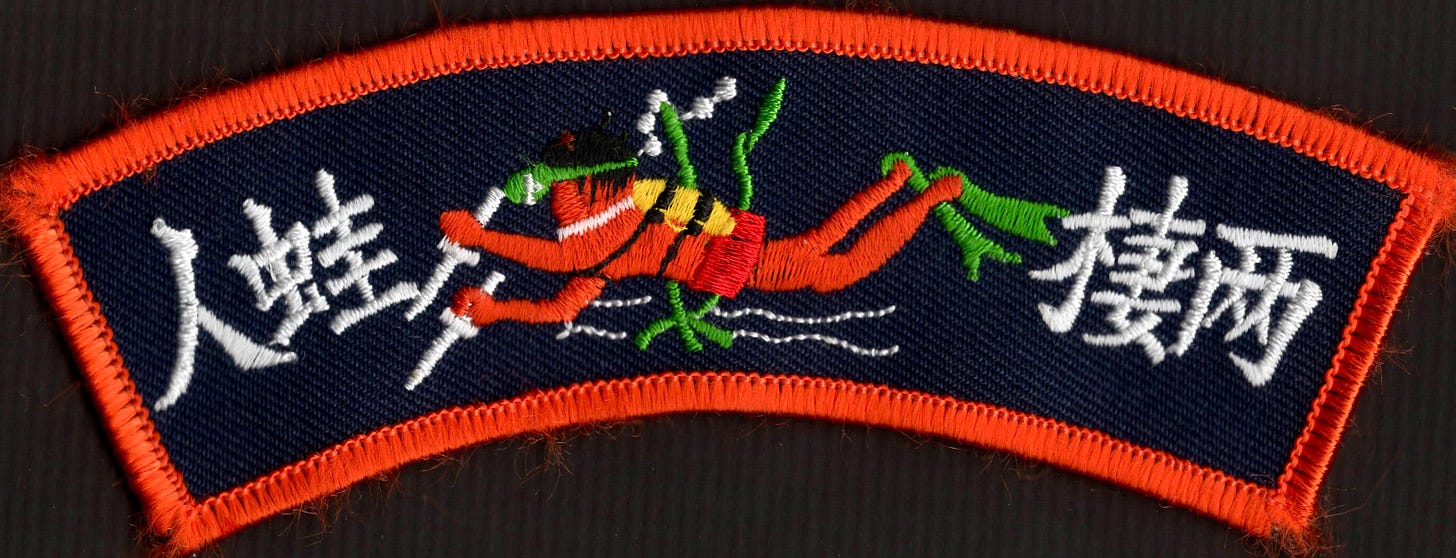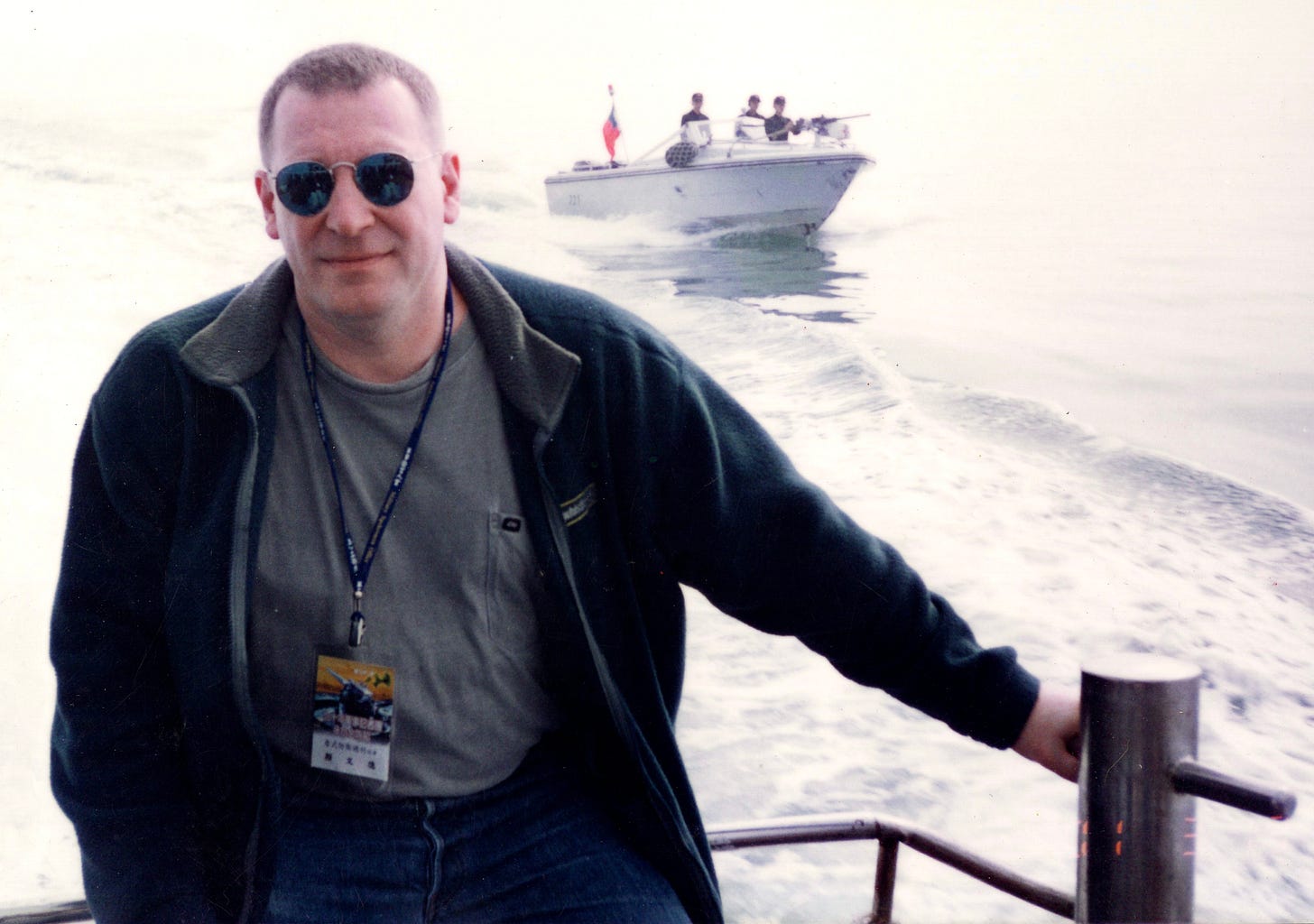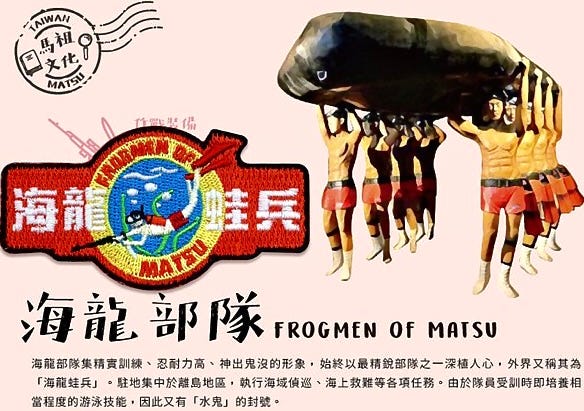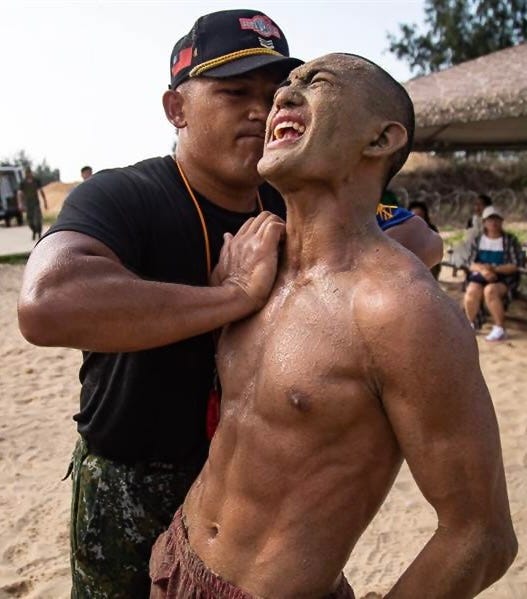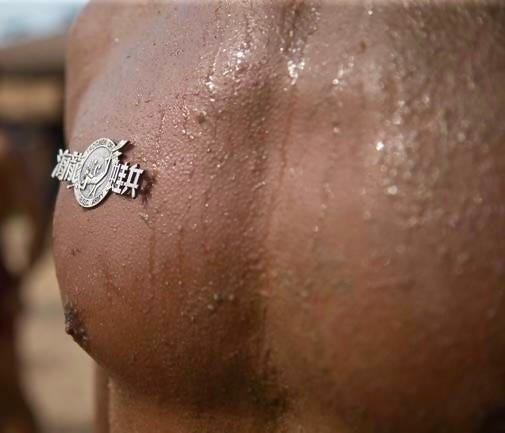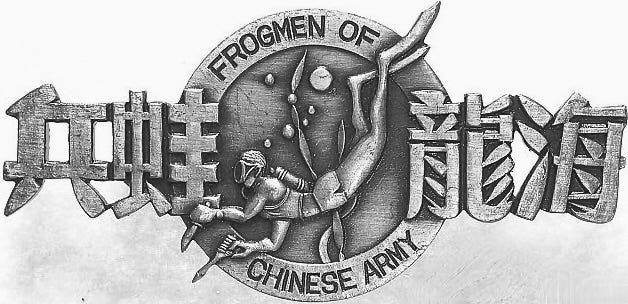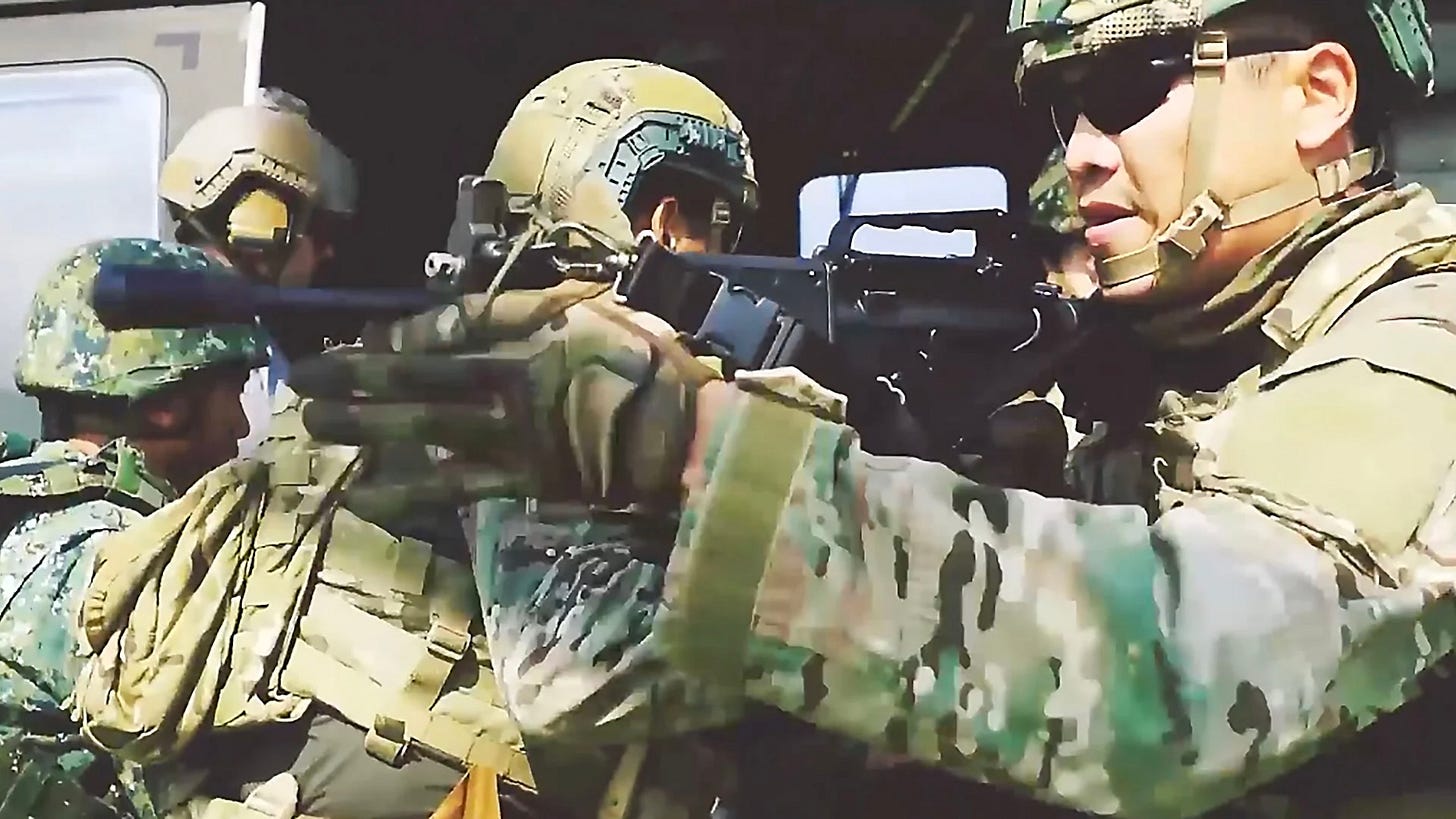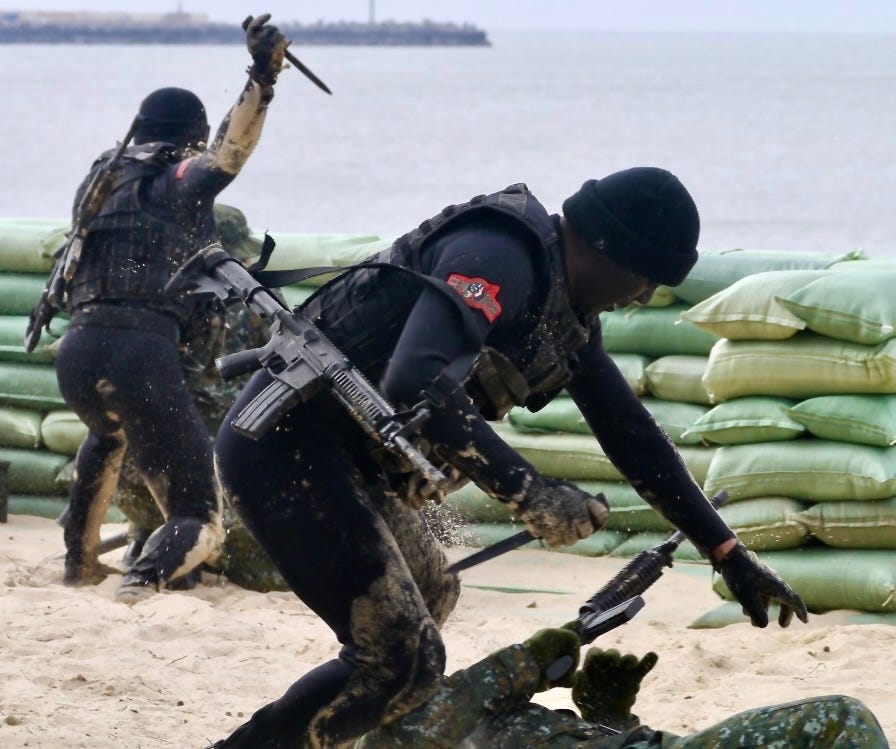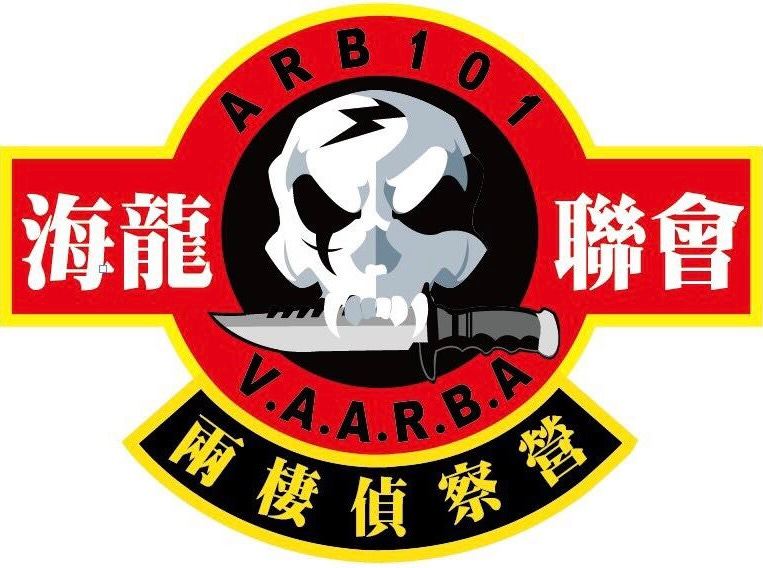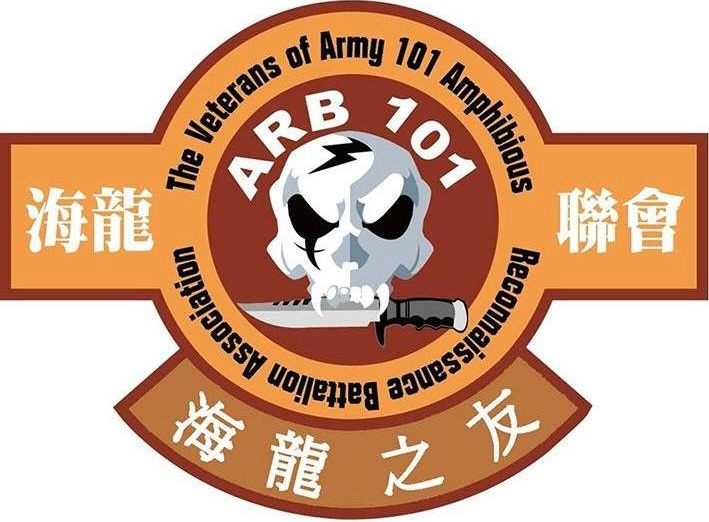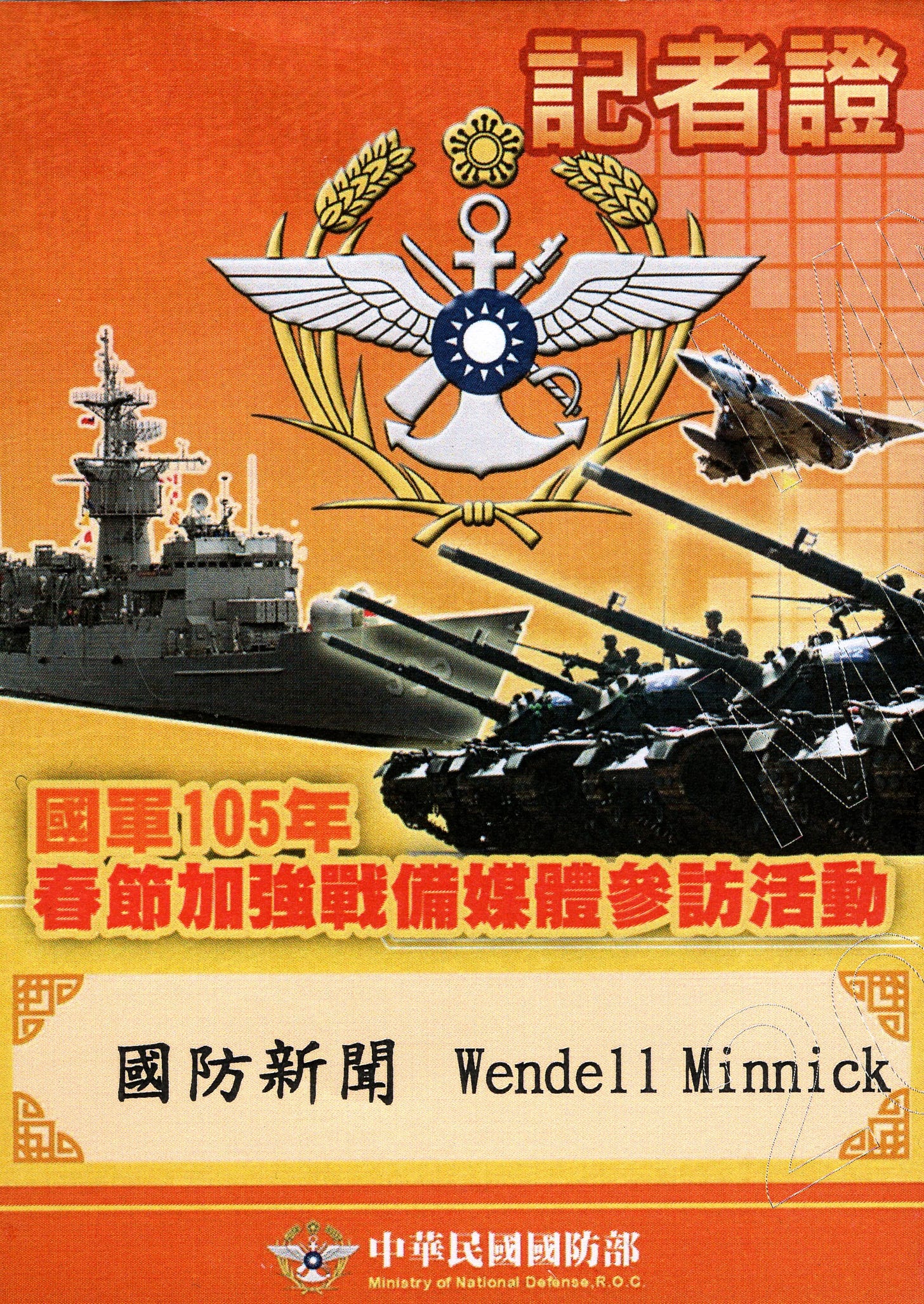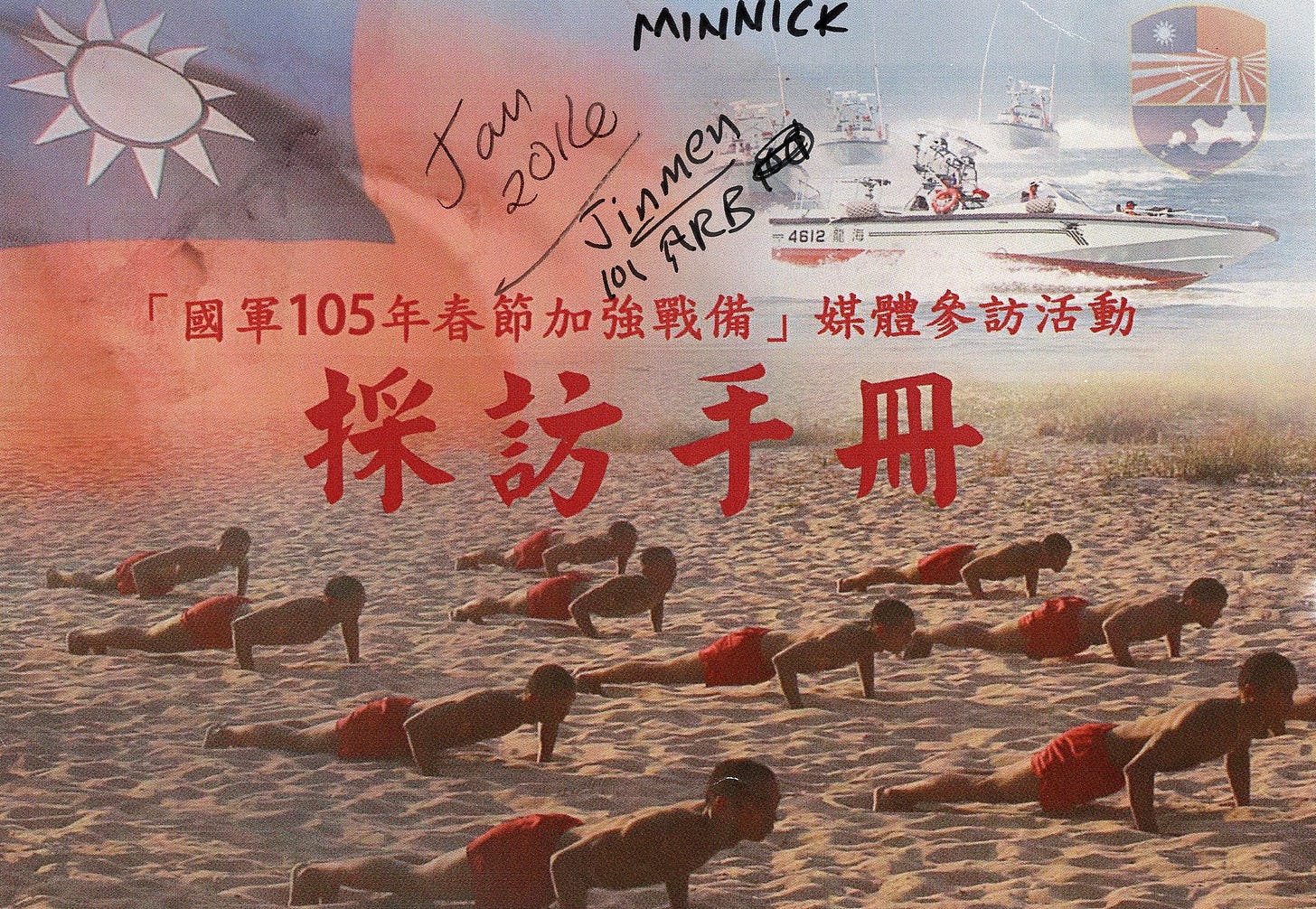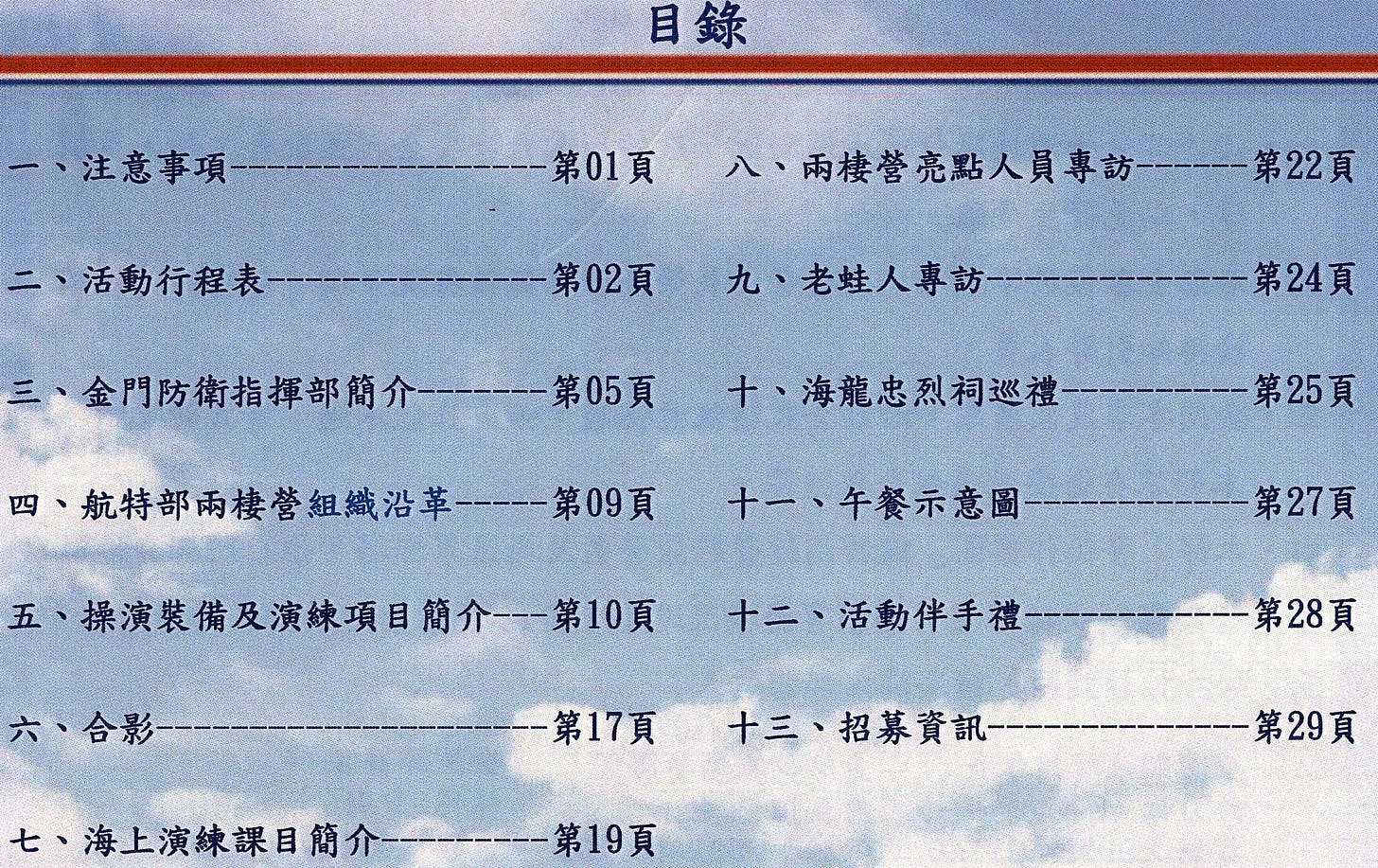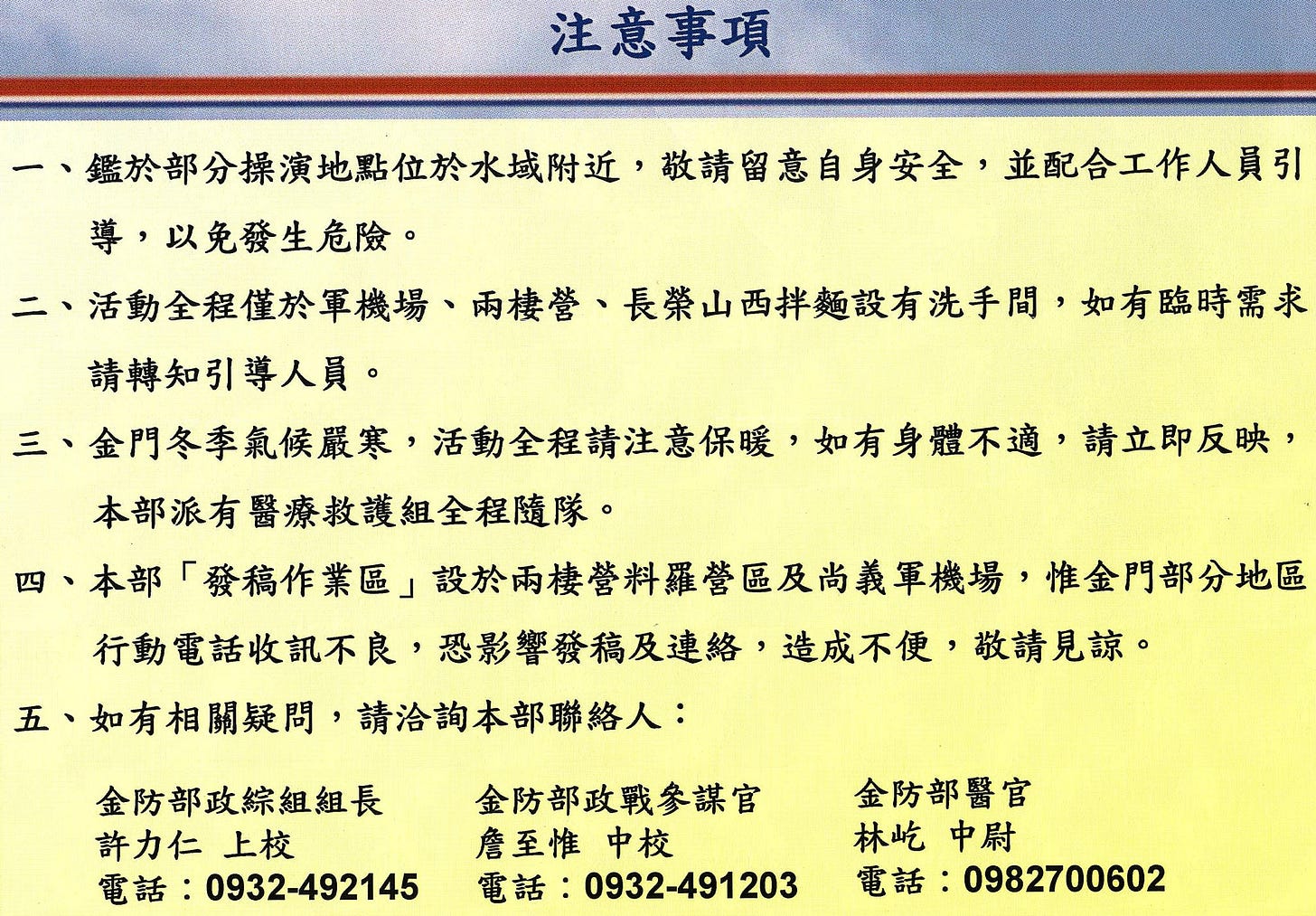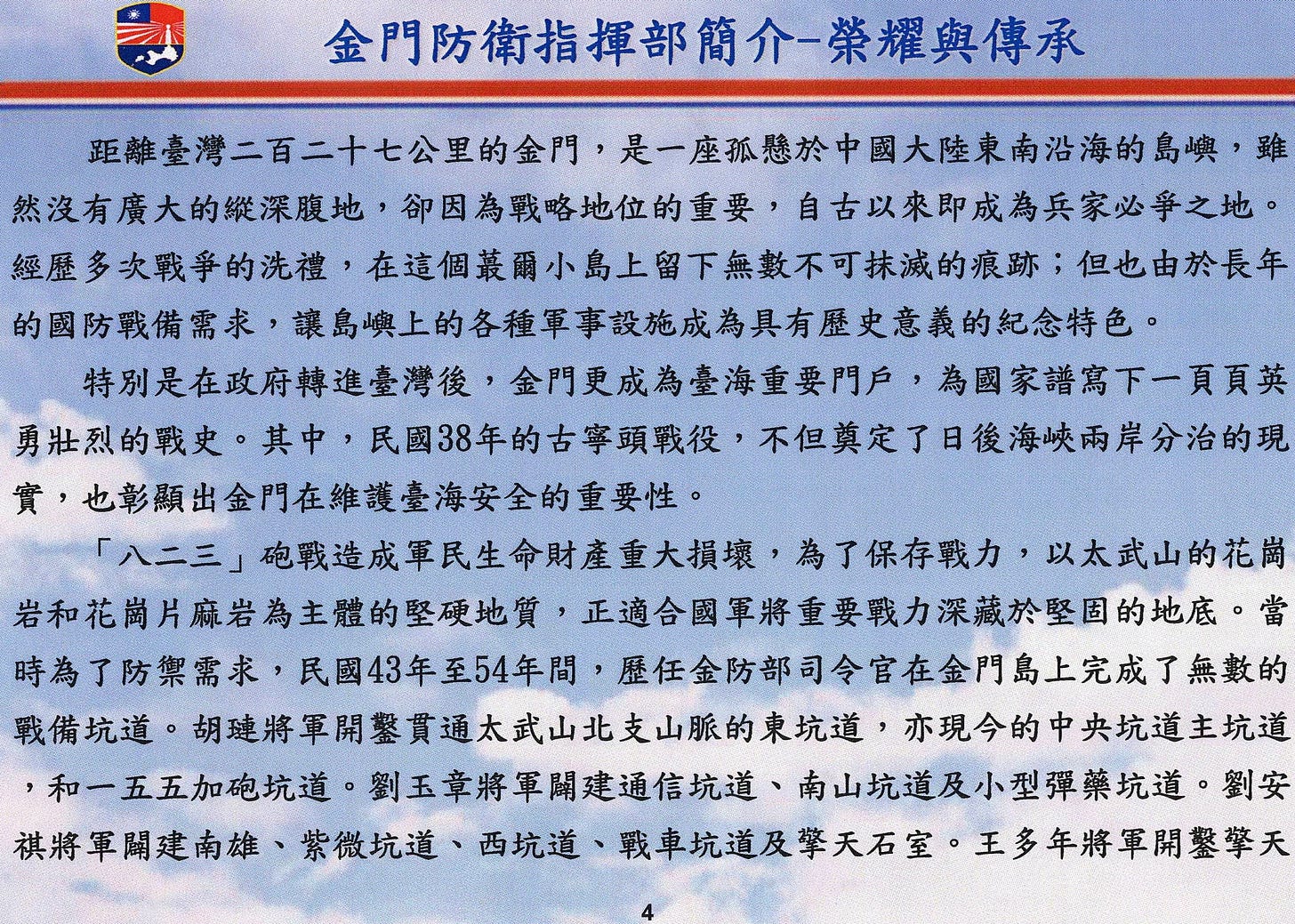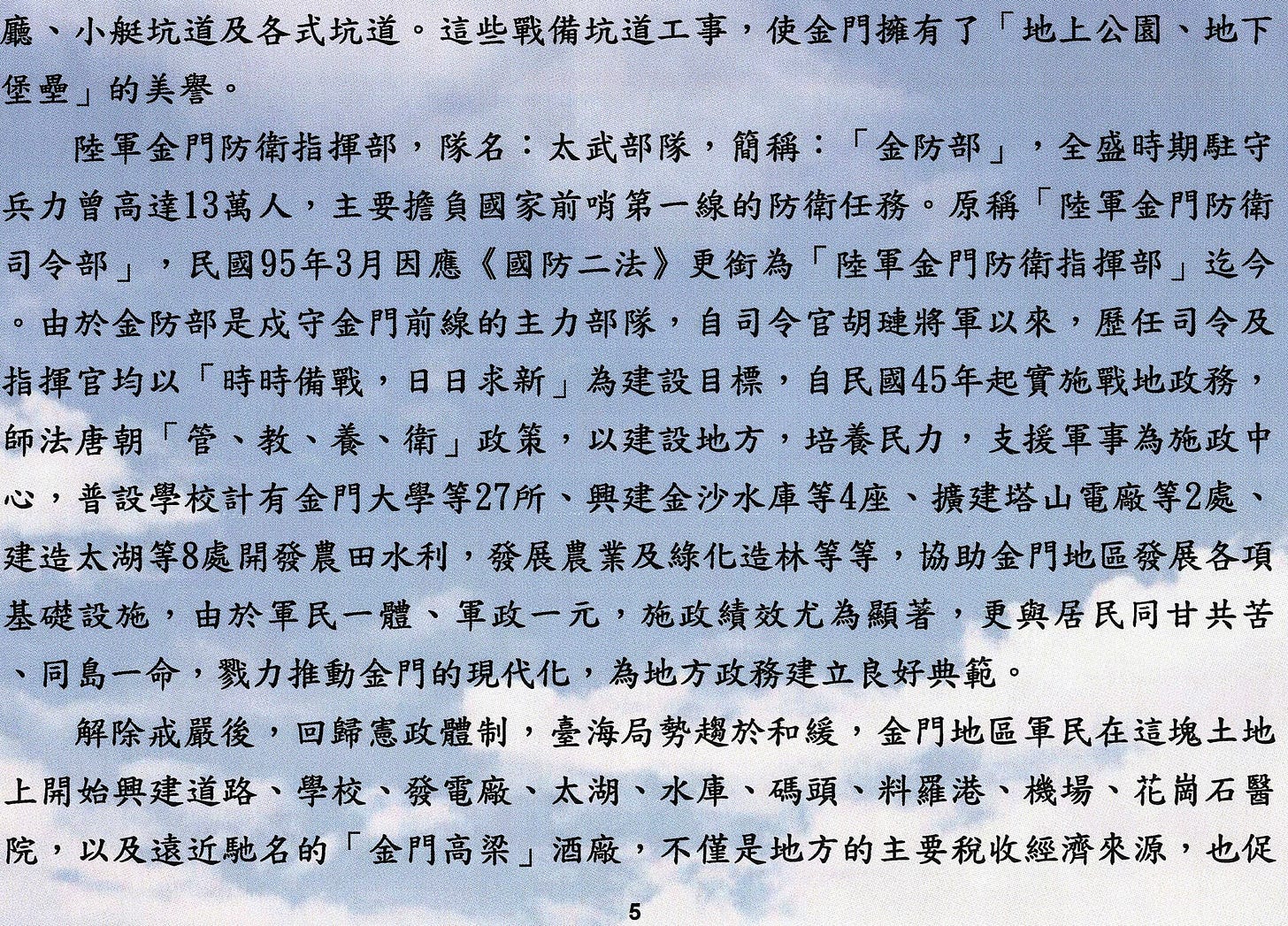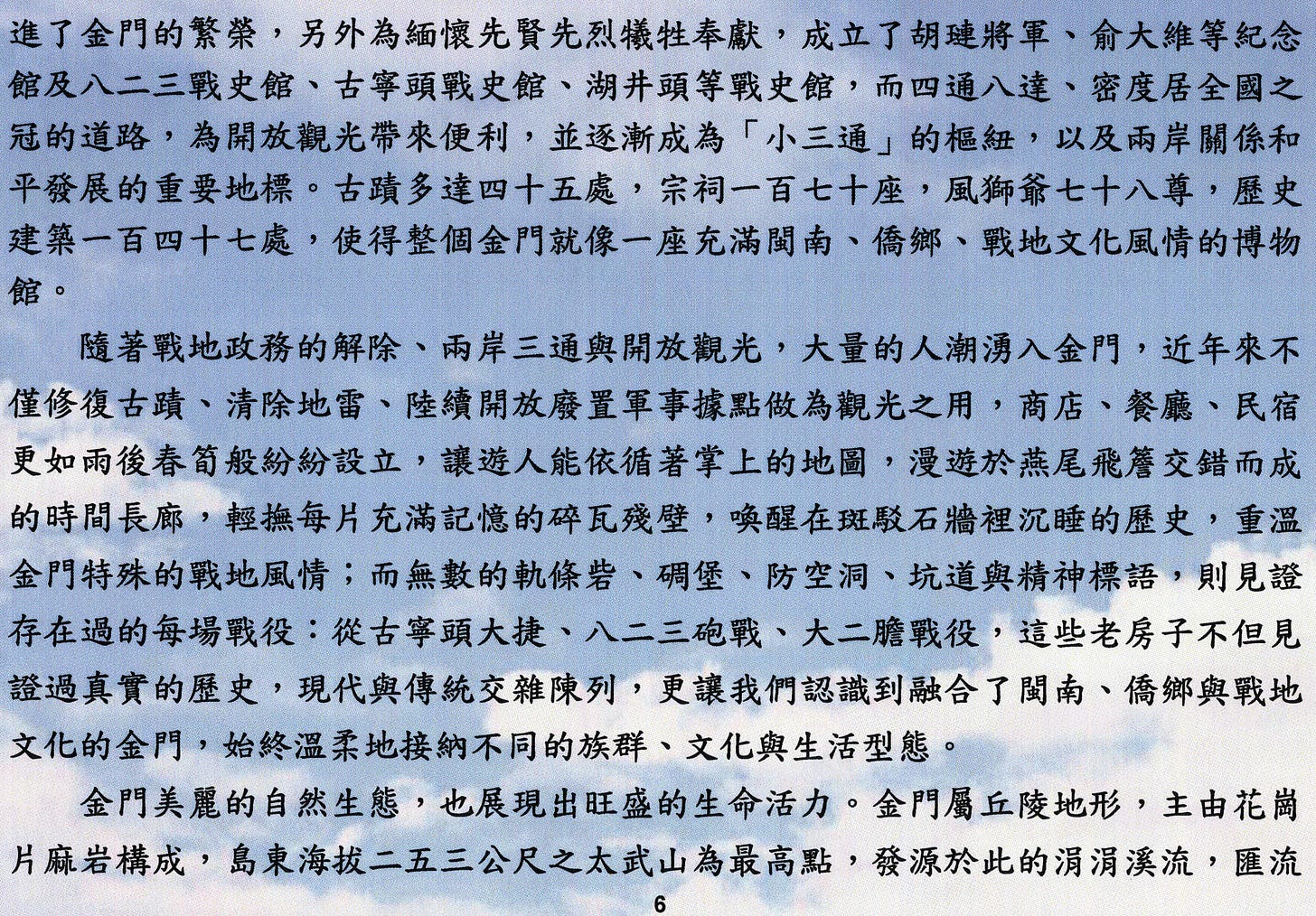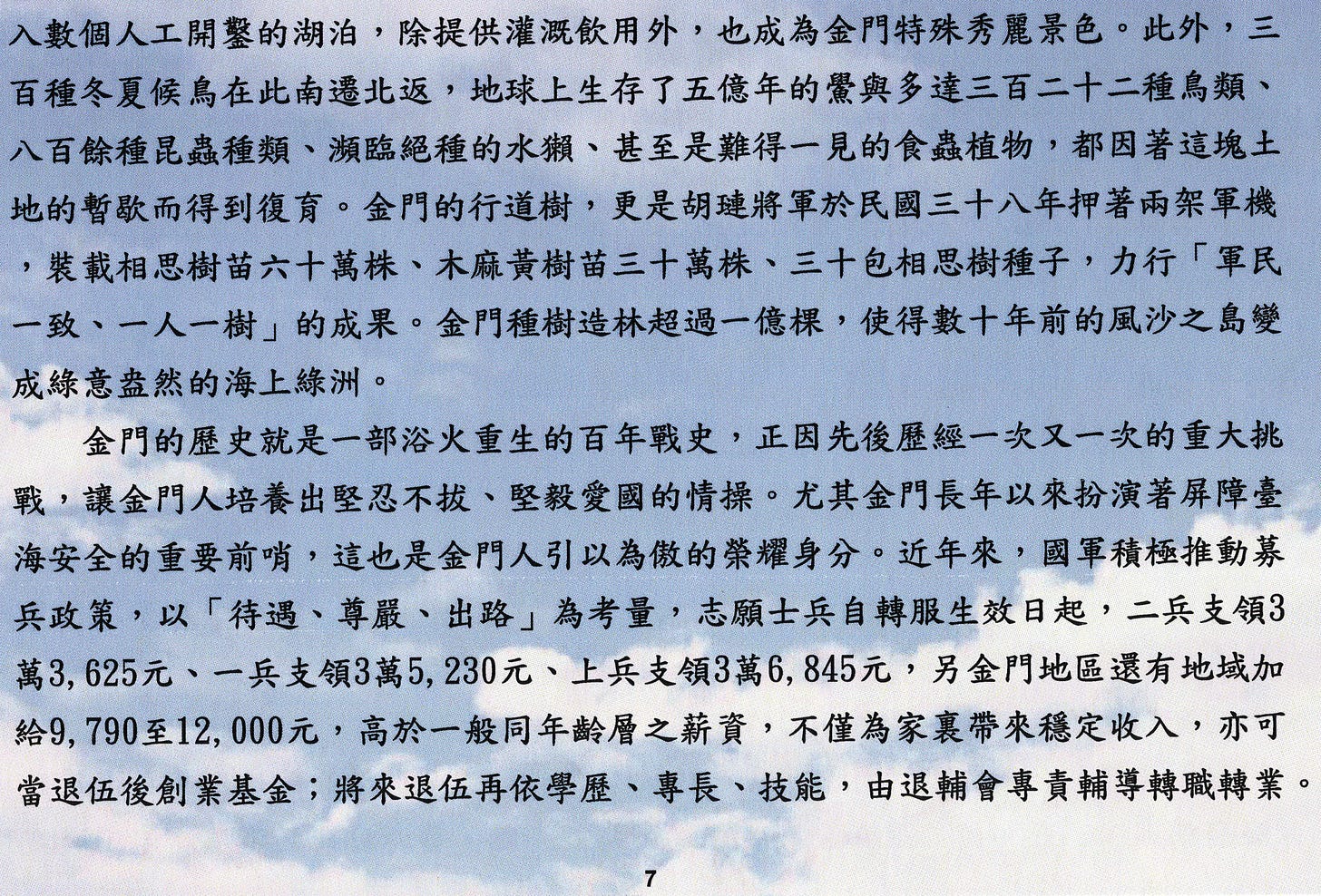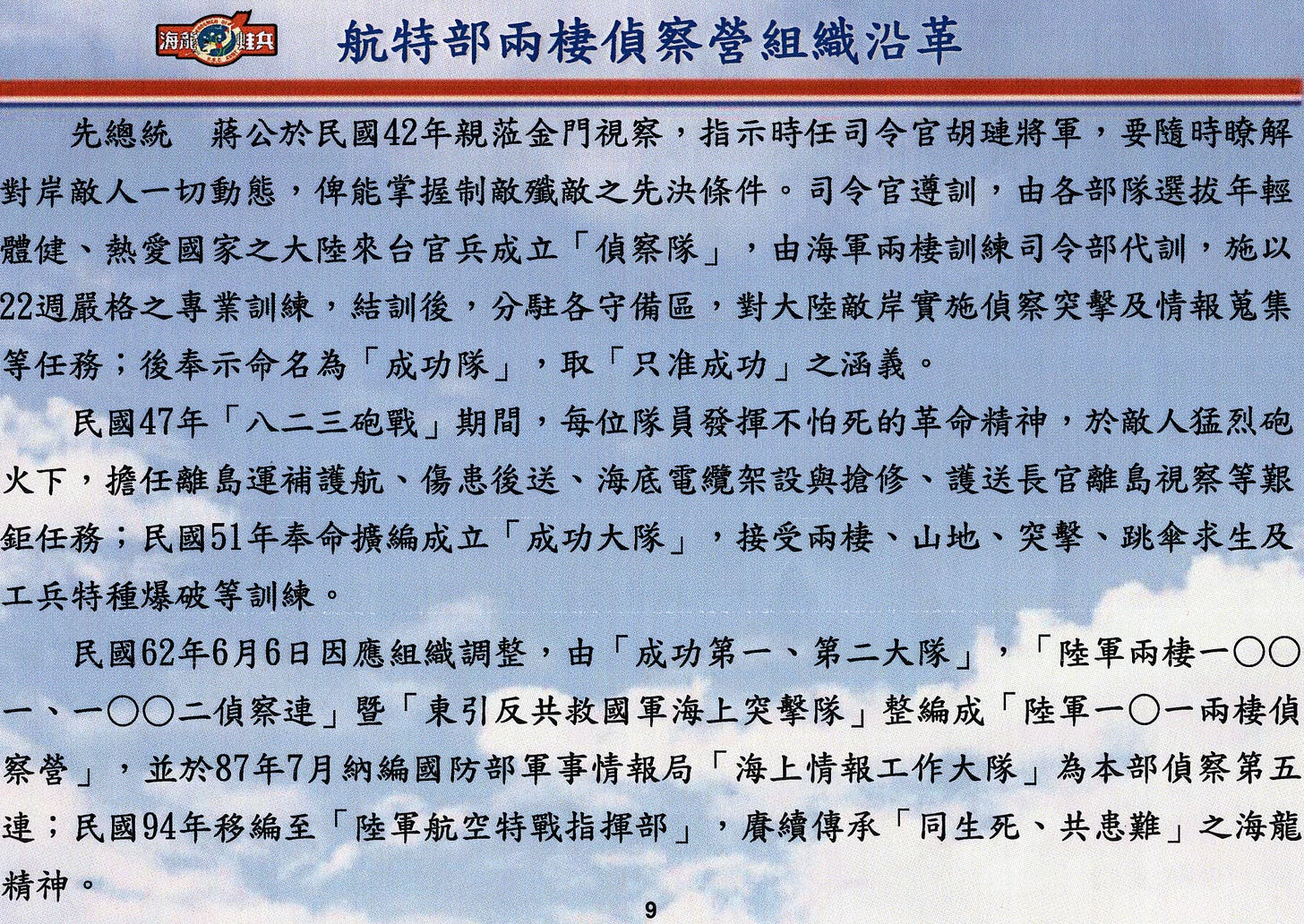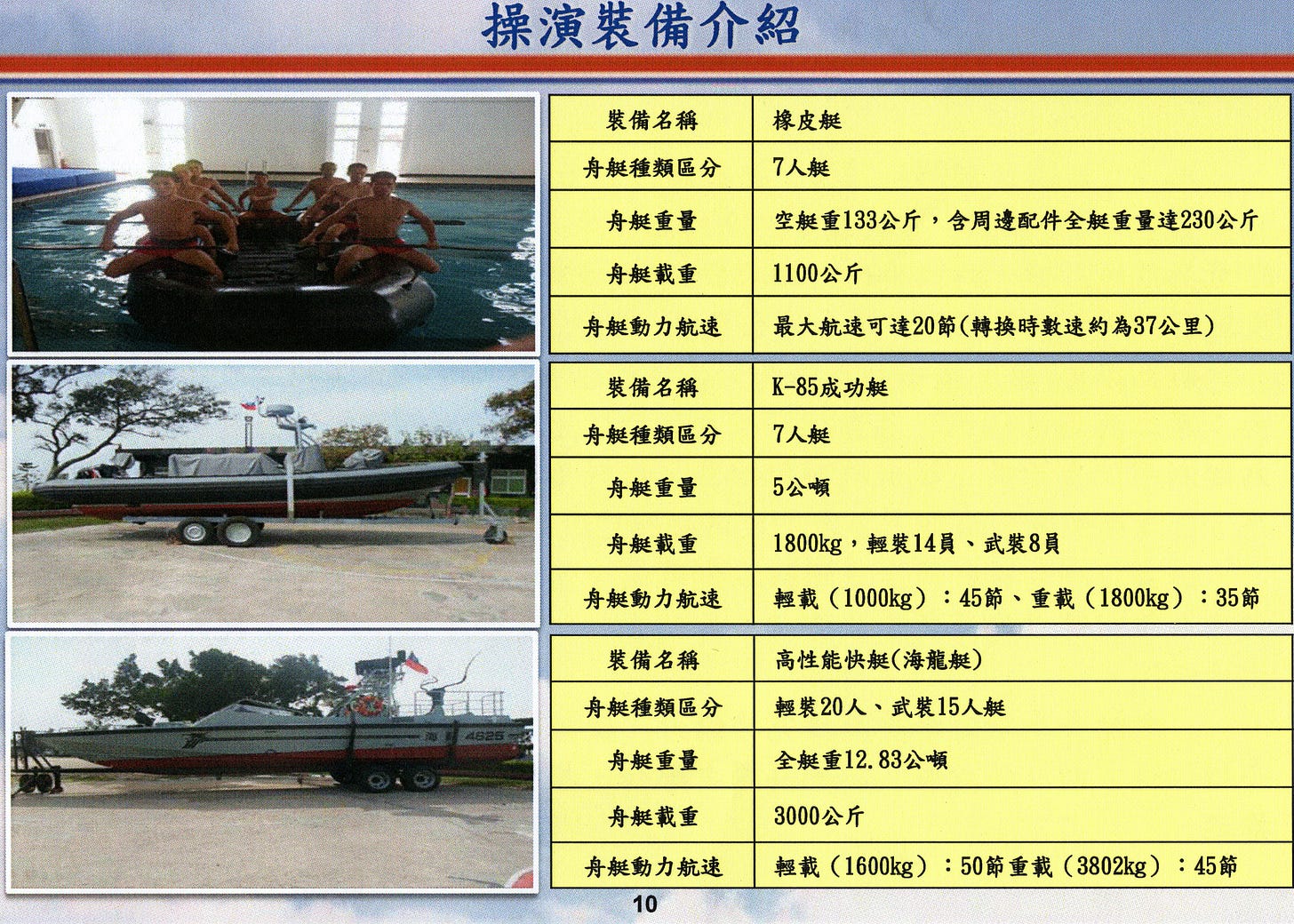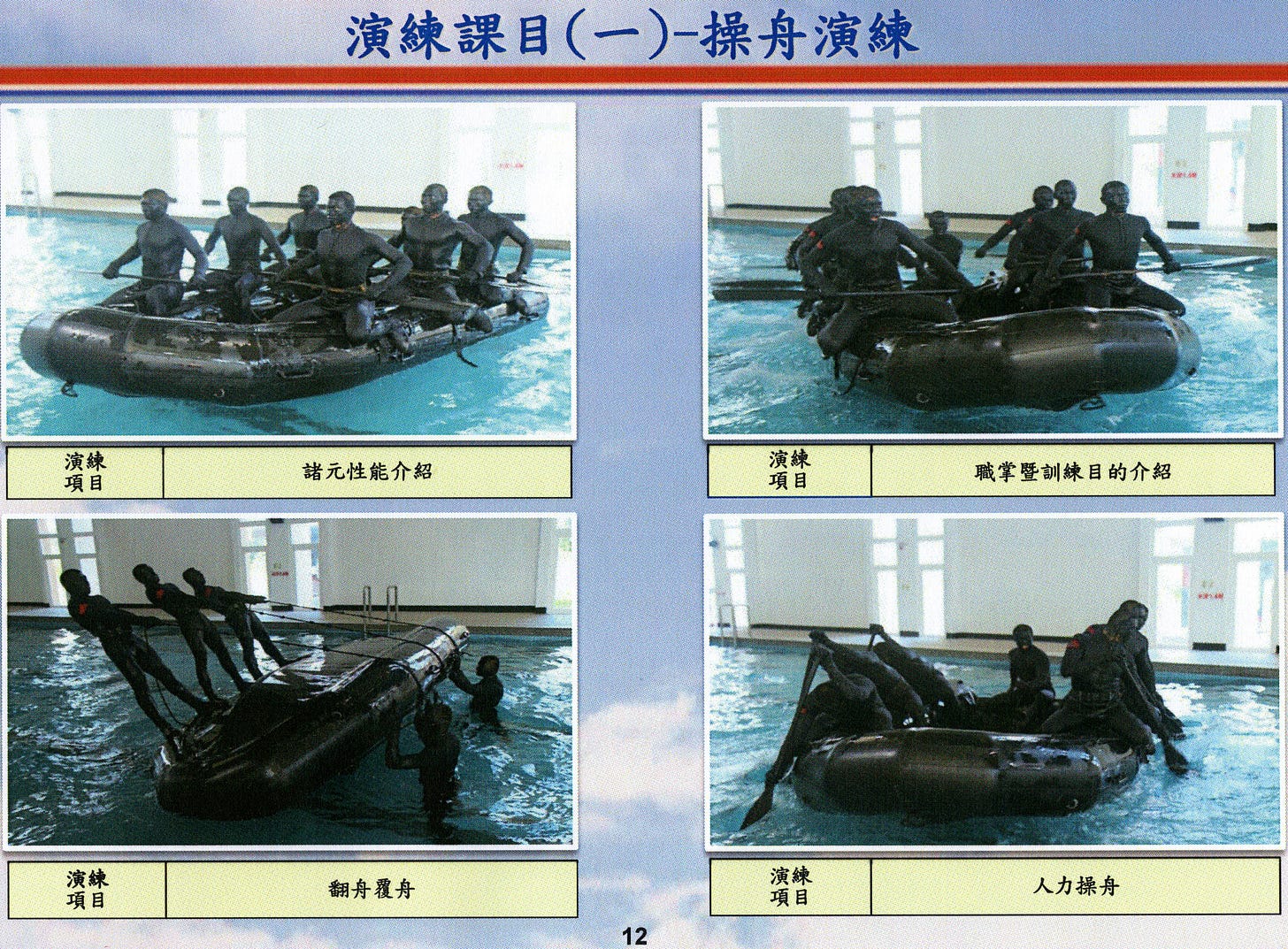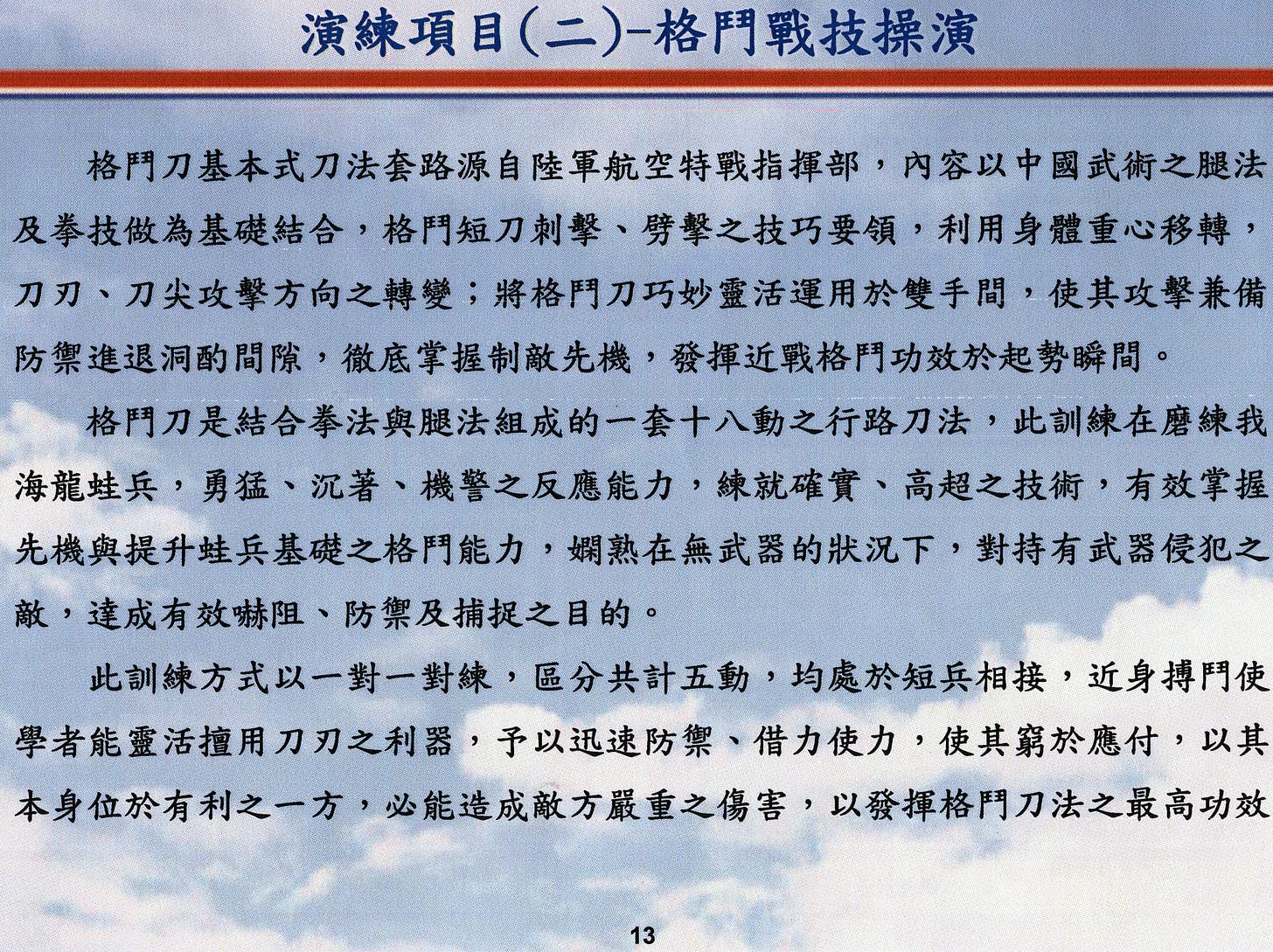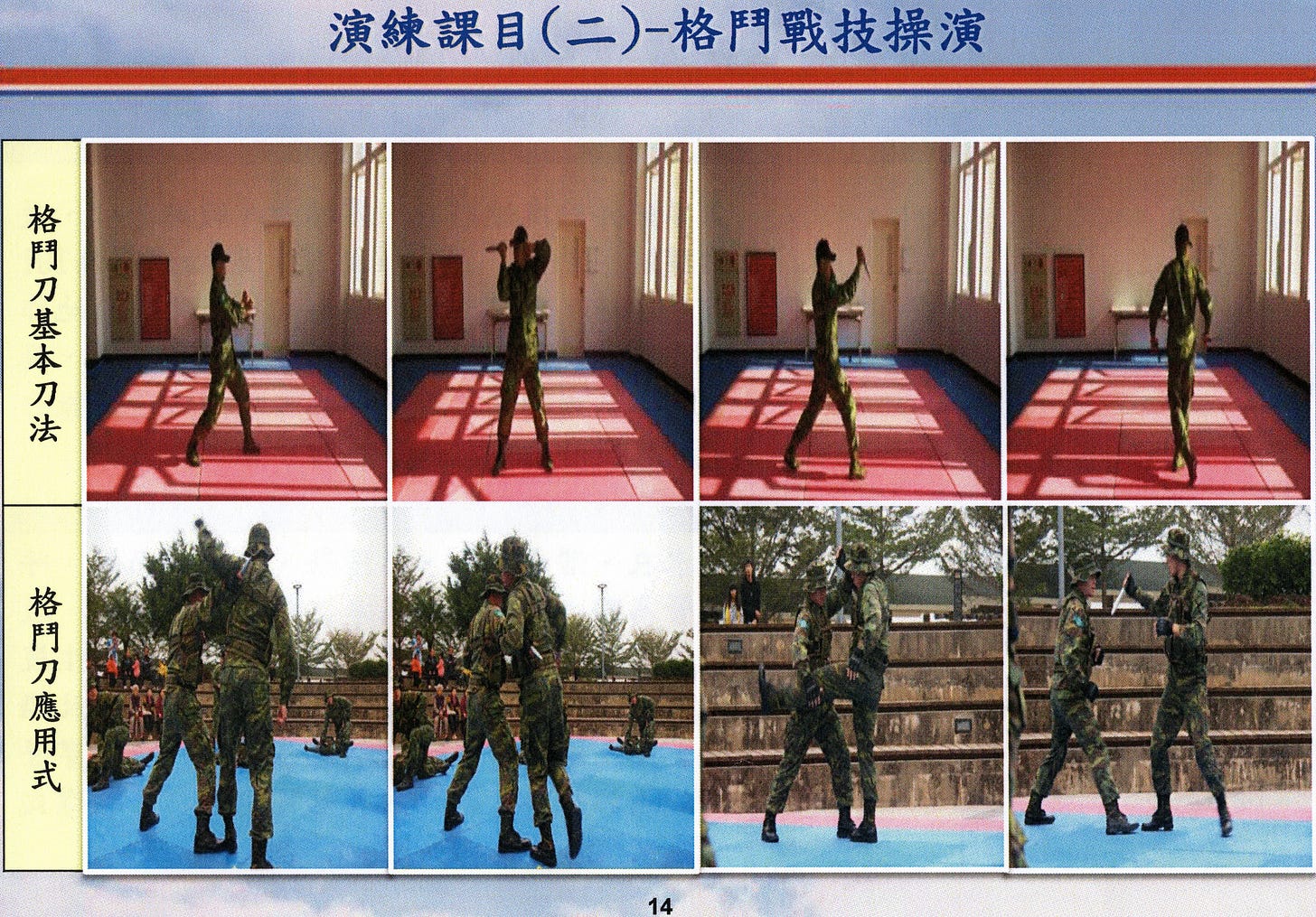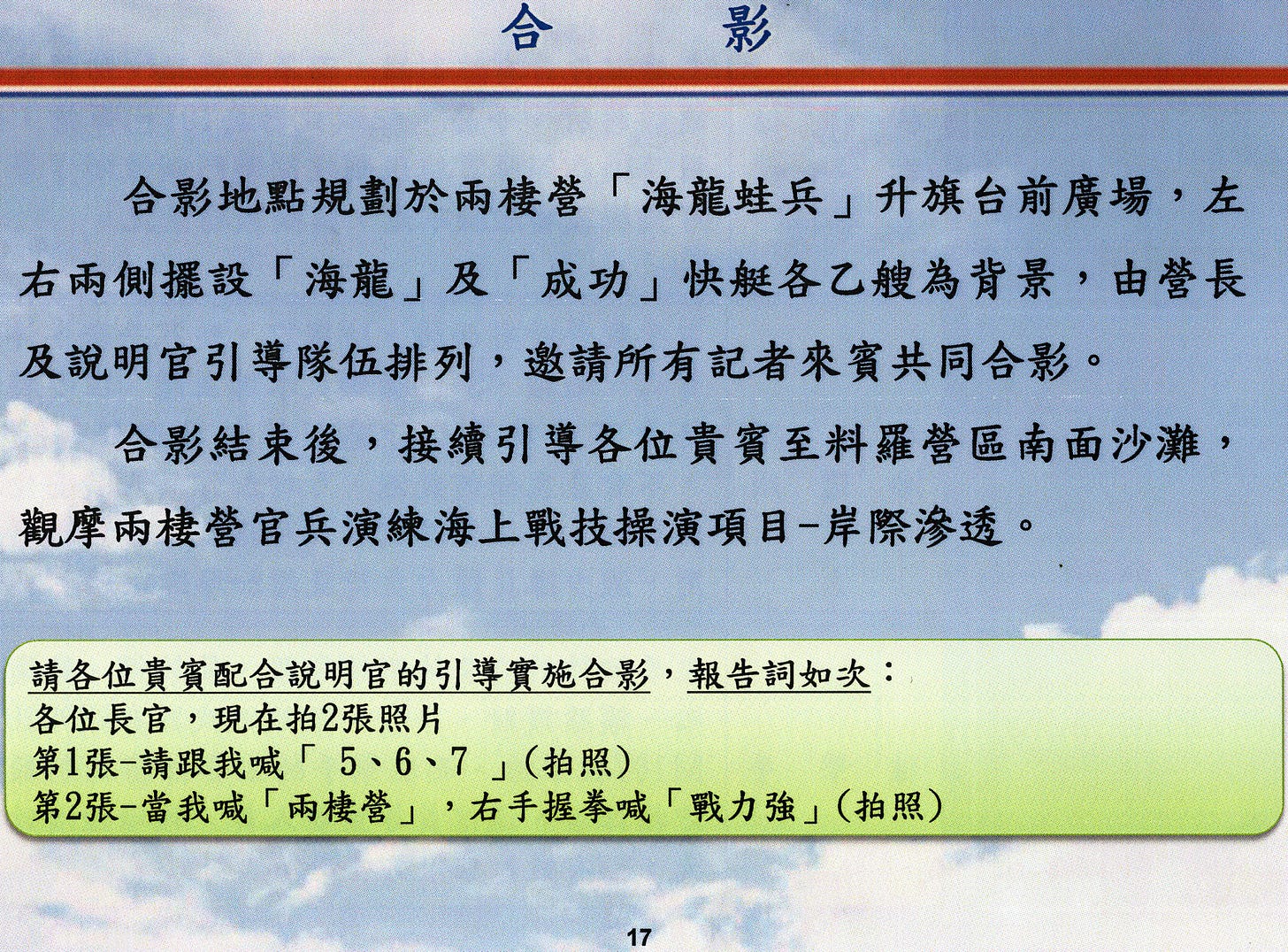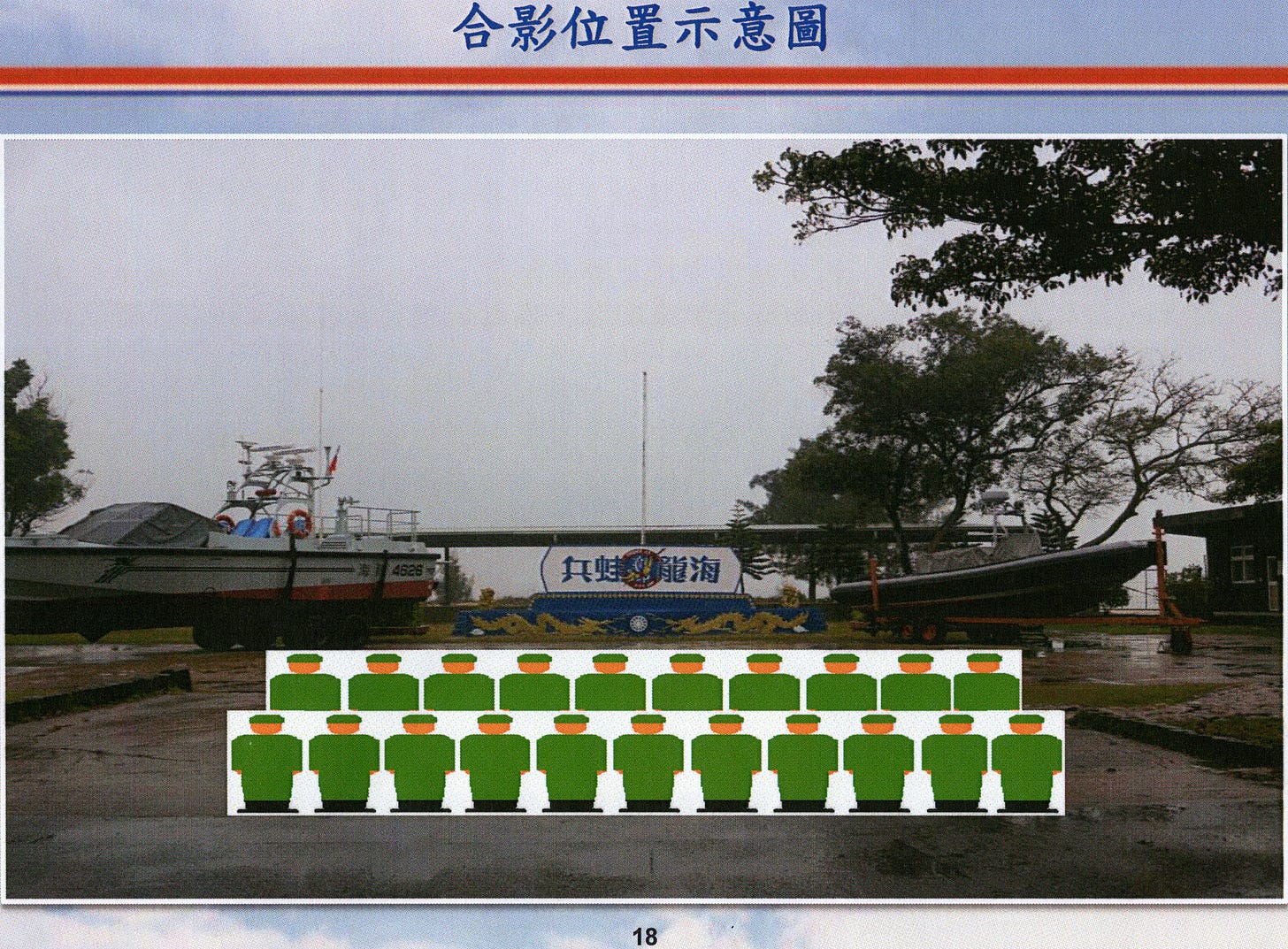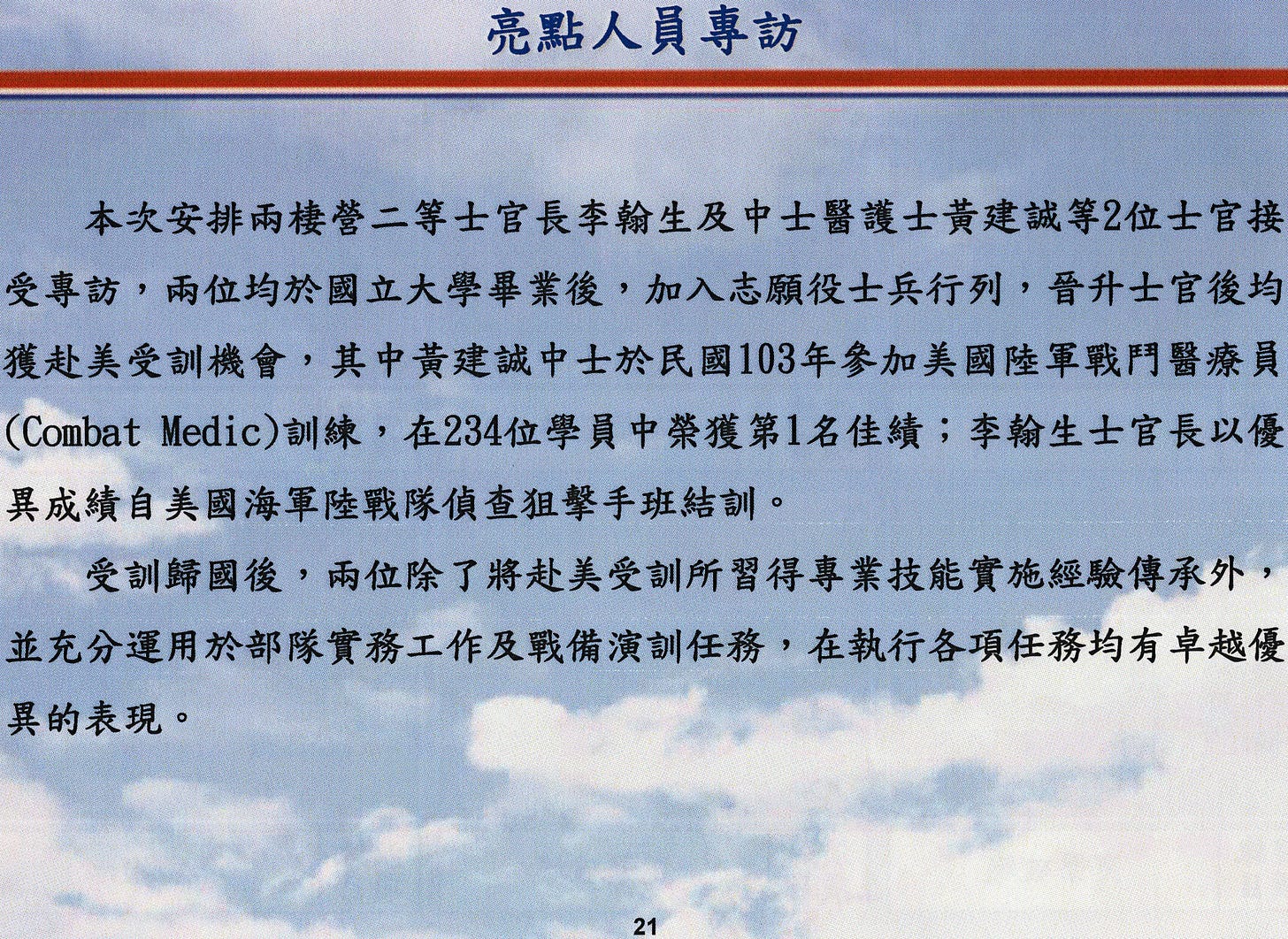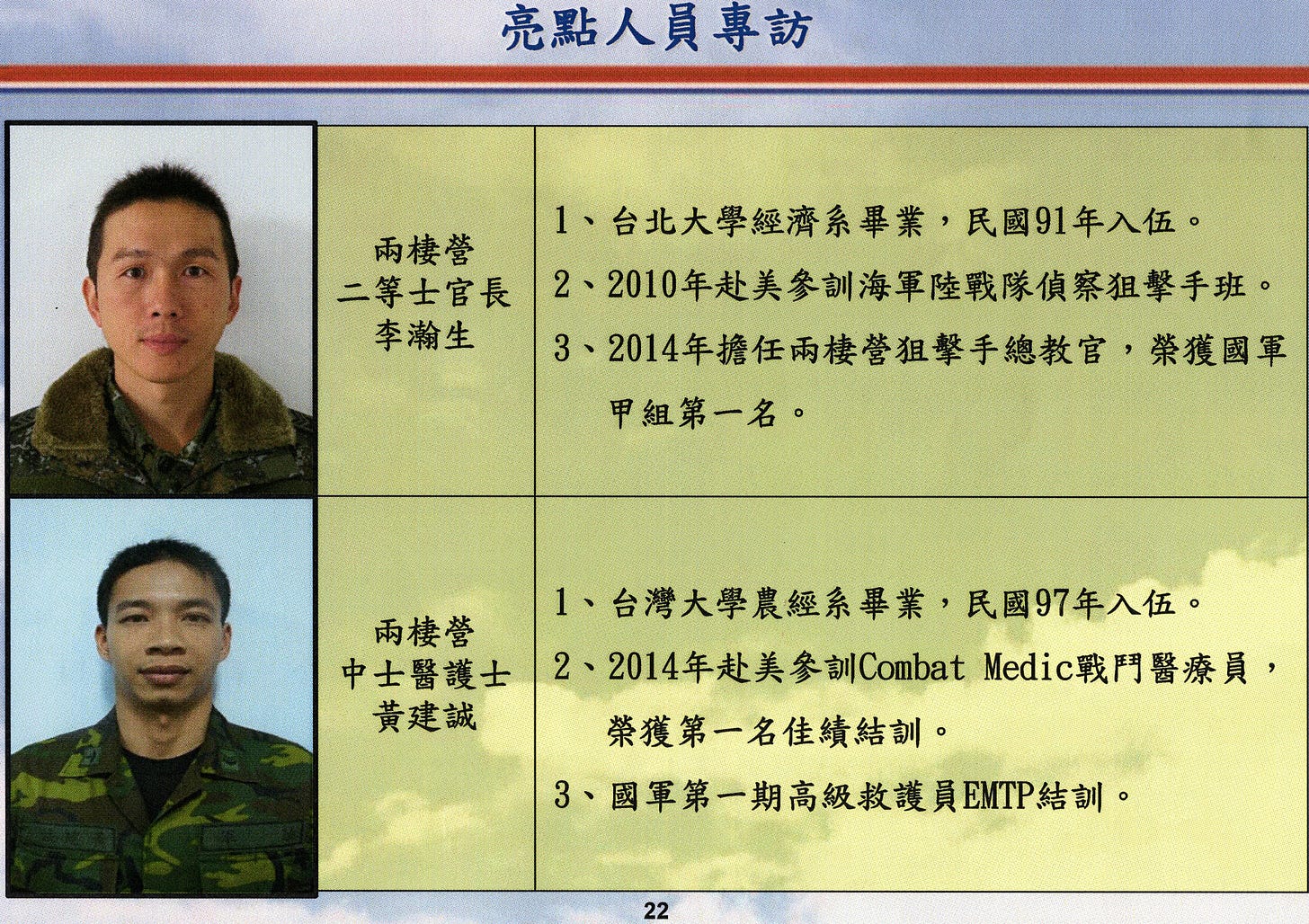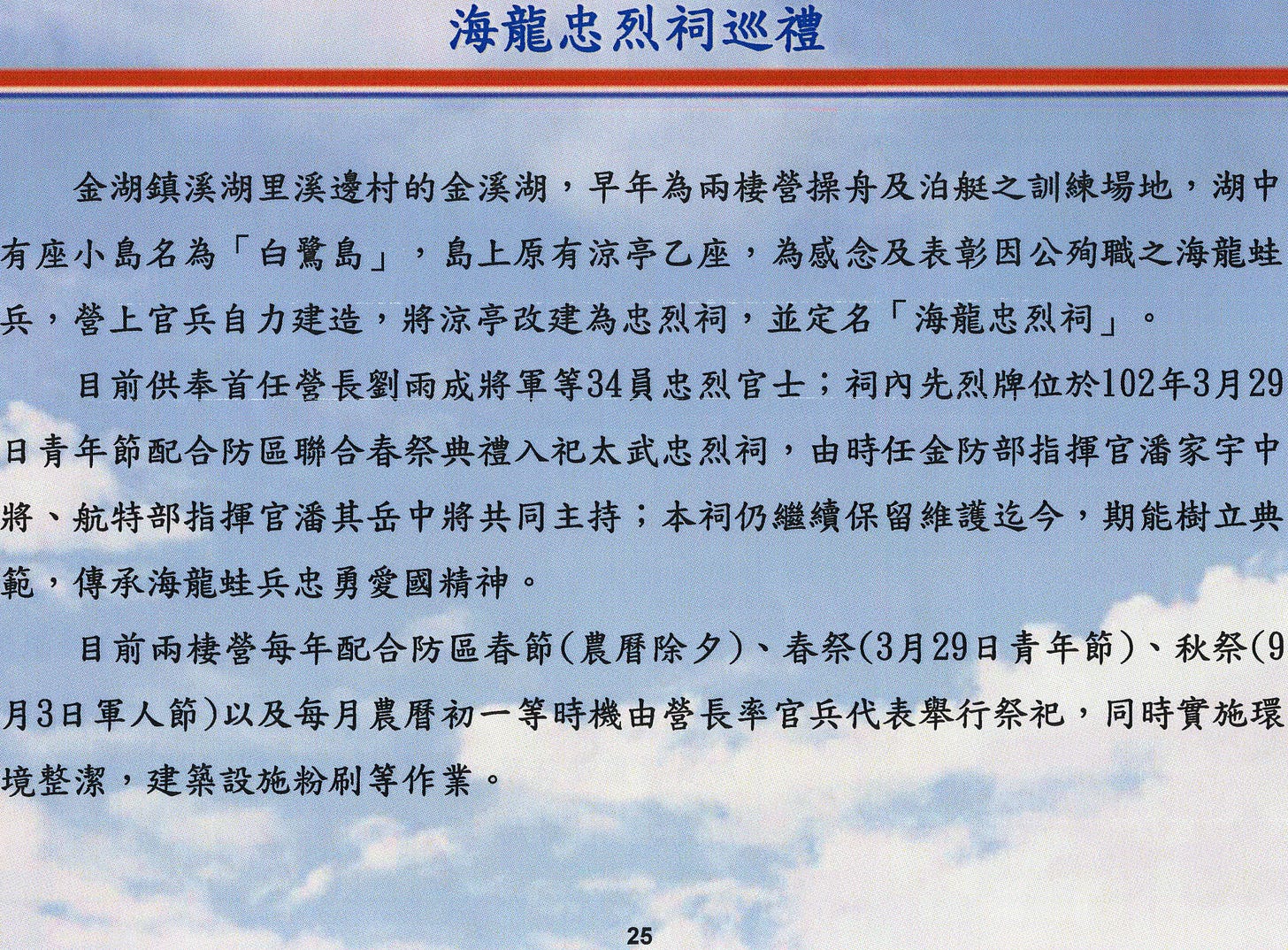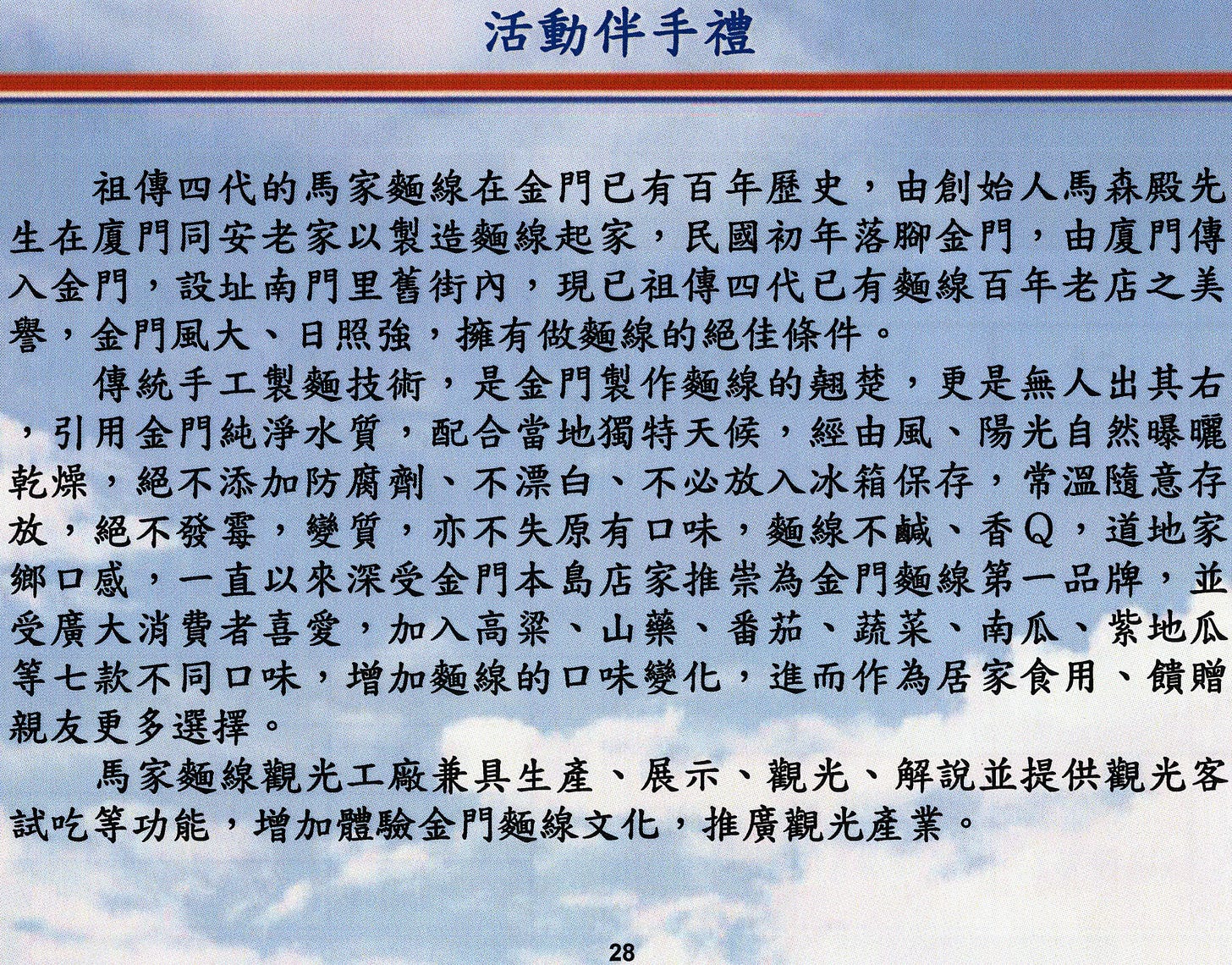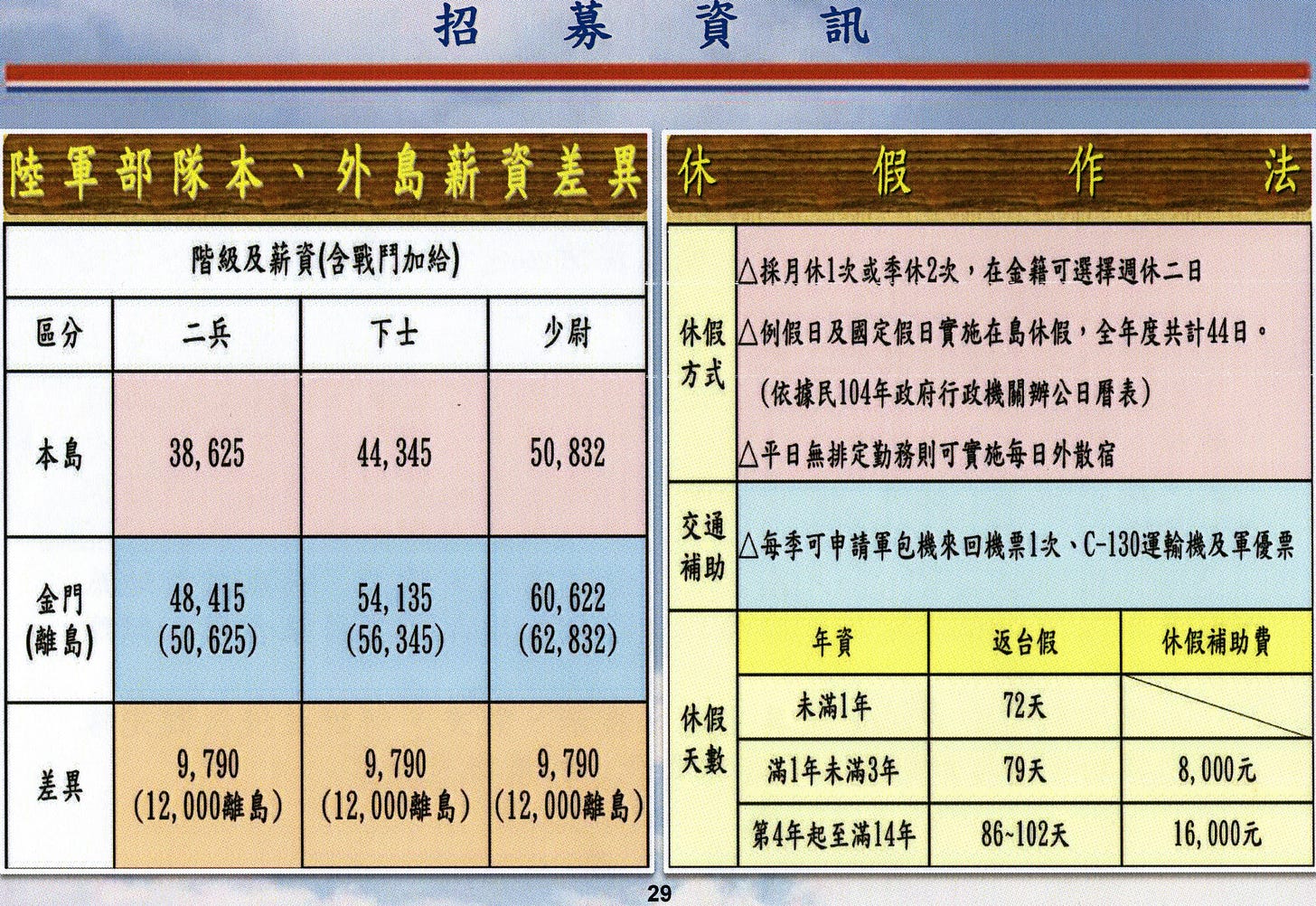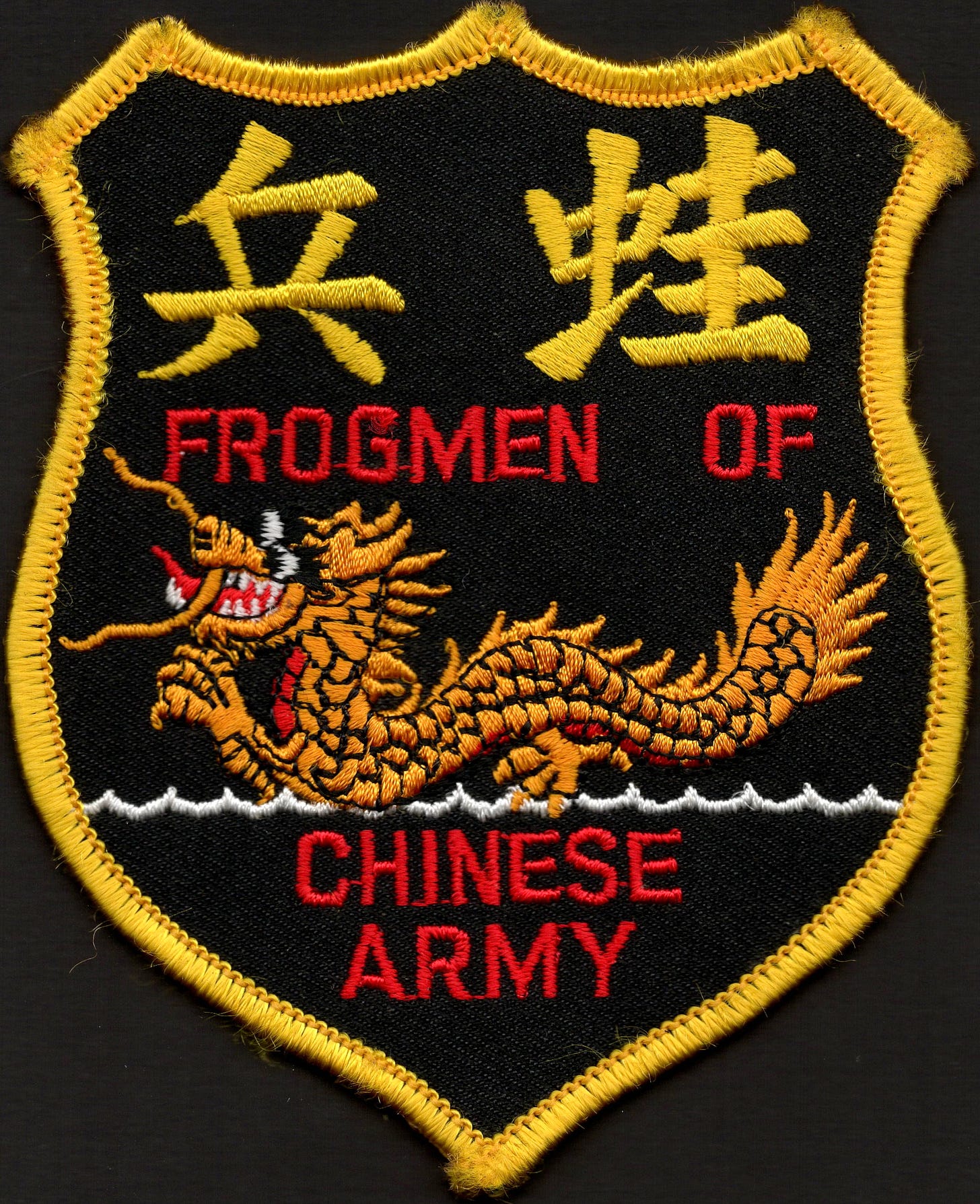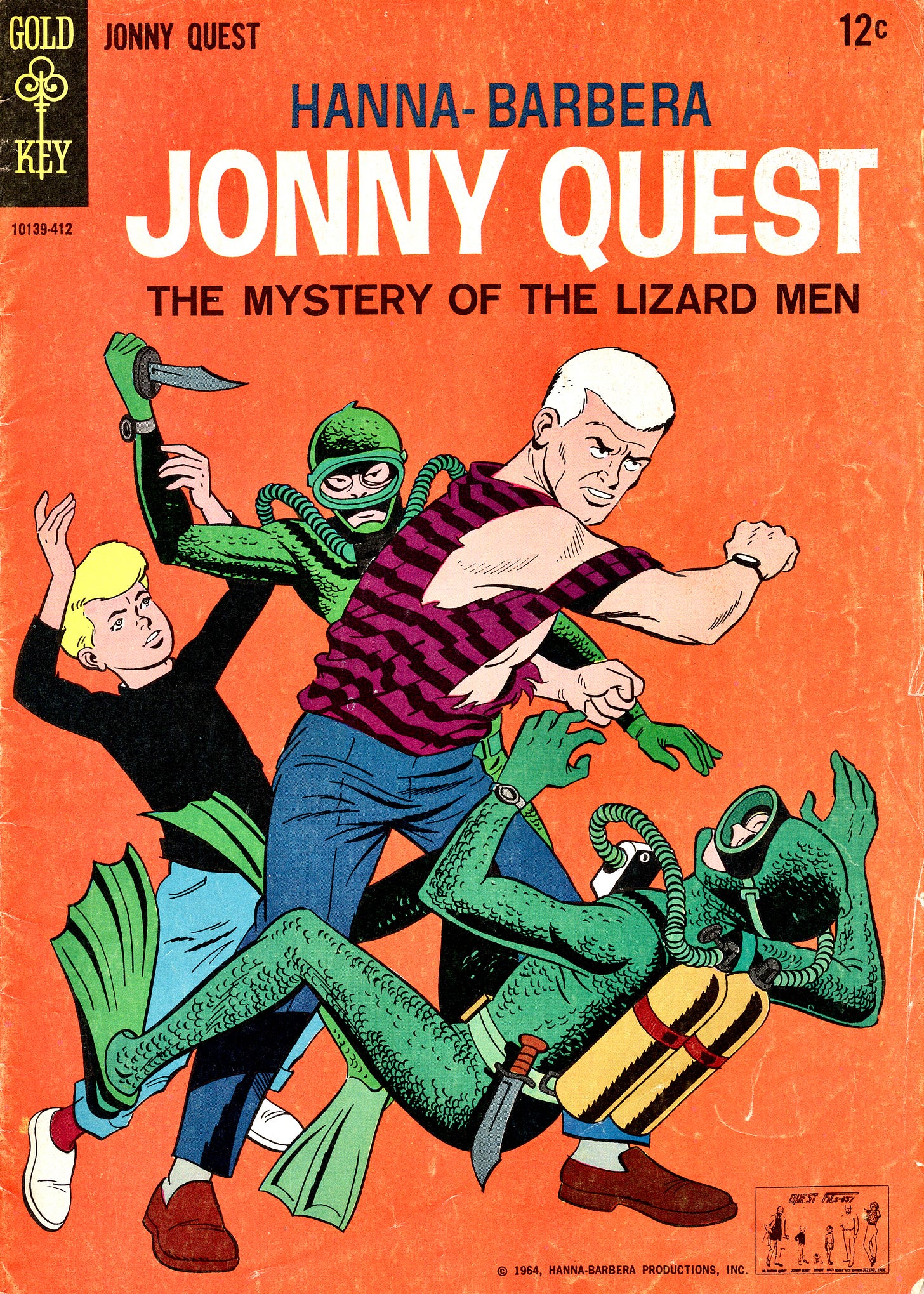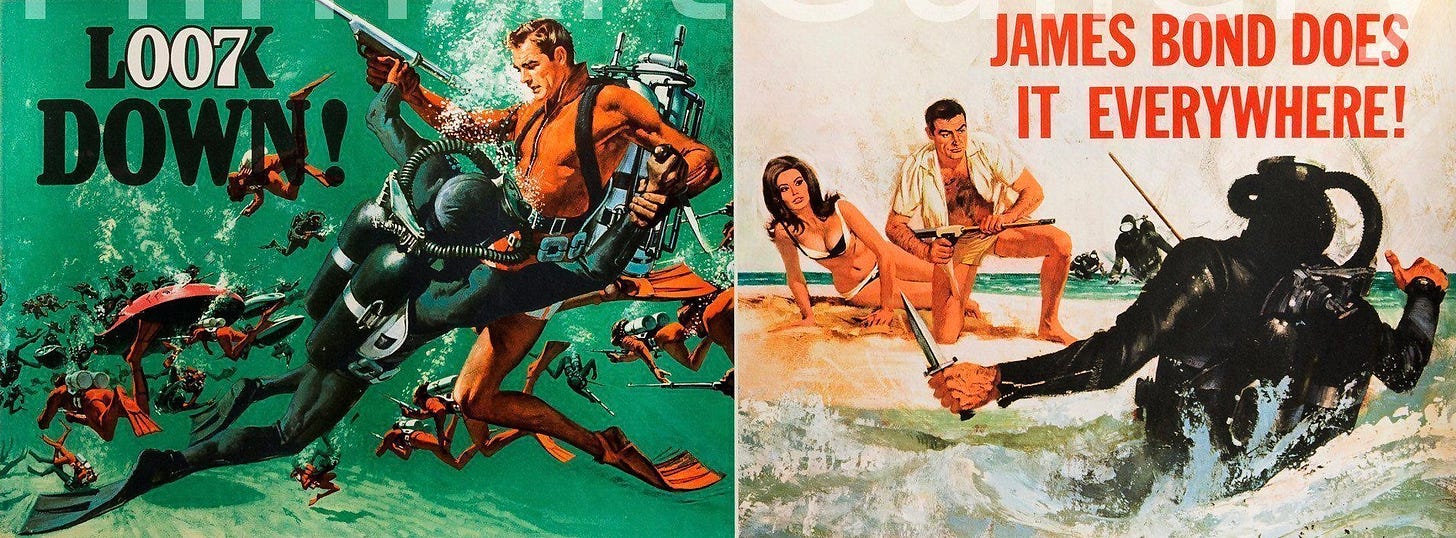China In Arms BOOKSTORE and GIFT SHOP!
Twitter and YouTube Page
Subscribe: $5 Month/$50 Annual (unable to secure a subscription contact the bank for permission for Stripe deposits).
Paid Subscriptions can choose 2 free books AND if you live in Taipei, a free coffee and a couple hours of conversation.
6 October 2022
The First to Fight and Die
Taiwan’s 101st Amphibious Reconnaissance Battalion
By Wendell Minnick (Whiskey Mike) 顏文德
Note to Reader: As an added bonus, there is a media brochure for the 2016 ARB 101 visit to Kinmen’s 1st Reconnaissance Company at the very end of this article. It will provide the reader with additional details about the Amphibious Reconnaissance Battalion 101.
TAIPEI - Though China’s invasion of Taiwan will begin with salvos of a multi-layered, multi-directional, saturation of ballistic and cruise missile strikes, the first to actually see direct face-to-face combat will be the Army’s 101st Amphibious Reconnaissance Battalion or ARB 101 (中華民國陸軍101兩棲偵察營), also know as the Sea Dragons or just Army Frogmen.
These units are the most likely to draw first blood as soldiers because they are not actually based on Taiwan, but on the outer islands of Kinmen (1st Reconnaissance Company), Penghu (2nd Reconnaissance Company), Matsu (3rd Reconnaissance Company), and Dongyin (4th Reconnaissance Company).
ABOVE: 2001 ARB armed escort to Ertan and Tatan Islands near China. Author photo. Since 2001, I have interacted with these units on all four of the islands with my last interaction on Kinmen in 2016.
Founded in 1949 as a special purpose coastal surveillance, infiltration, and covert operations unit, ARB was notorious during the Cold War for commando raids along the coast of mainland China. Legend has it that to graduate as a frogmen a recruit had to swim to China from Kinmen or Matsu, kill an enemy soldier, and return with his ear. It is the most famous unit in Taiwan’s military history and often confused with the Marine Corps’ Amphibious Reconnaissance Patrol (ARP), which I will write about in another post.
New recruits undergo a 15-week training course known as “the iron-man road” where they learn combat diving, small-unit tactics, unconventional warfare, and insertion methods, including free-fall parachuting and mountaineering. Roughly twenty percent make it through training. Recruits receive their unit badge pinned to their bare chest. A controversial practice within the U.S. military, dubbed blood pinning.
On 16 June 2020, a photograph appeared on the Facebook page of the U.S. Army's 1st Special Forces Group training the ARB 101. The photograph below appears to have been deleted from the Facebook page. There is also a video, yet acquired (if anyone knows the link, let me know).
Though they are often used as a propaganda effort for media consumption and have not seen active operations against mainland China in decades, this does not suggest they are not practiced or ready. They are obviously ready:
Taiwan’s Ministry of National Defense (MND) drafted a US $13 million plan in 2021 to upgrade facilities on Kinmen and Penghu to assist in the rapid deployment of ARB 101 Frogman units.
Being a member of the ARB is a significant achievement amongst Taiwanese and has sparked a variety of fan art available in military surplus stores around Taiwan. They have been compared to the U.S. Navy SEAL Teams, but an exaggeration of this type reflects the ARBs legendary performance during the Cold War. This can be seen by the below fan produced artwork found in gift shops promoting the ARB’s legend:
In addition, it appears to be the only special operations unit in the Taiwan military with a veteran club (excluding the Aviation and Special Forces Command).
BELOW IS A MEDIA BROCHURE FOR THE 2016 ARB 101 KINMEN VISIT
ABOVE: Press Badge. Defense News. Wendell Minnick. Chiayi Air Base; Tsoying Naval Base; Kinmen Island (101st ARB). 27 January 2016. During the Kinmen visit, the media witnessed a demonstration by the 101st Amphibious Reconnaissance Battalion (Army Frogmen).
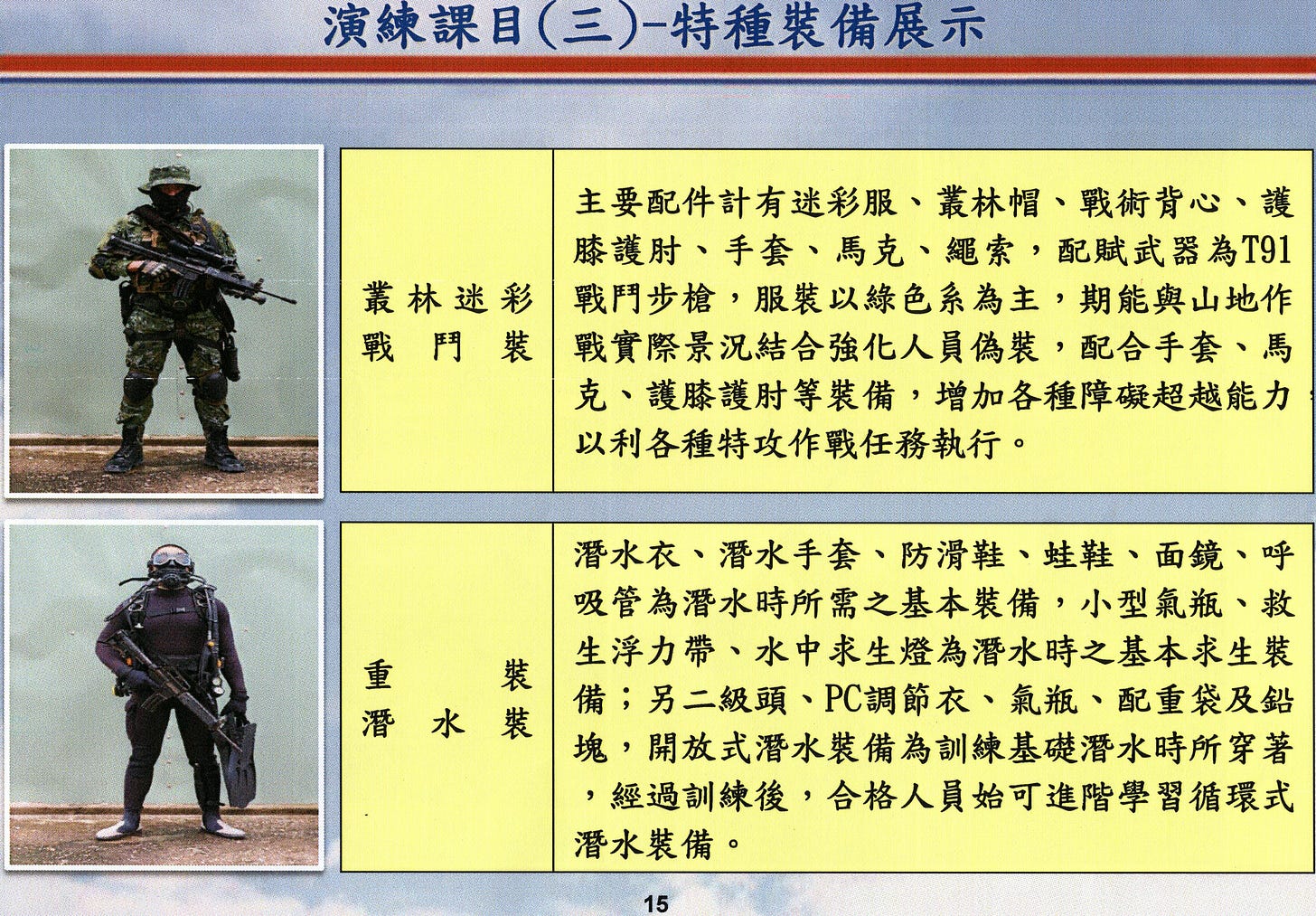
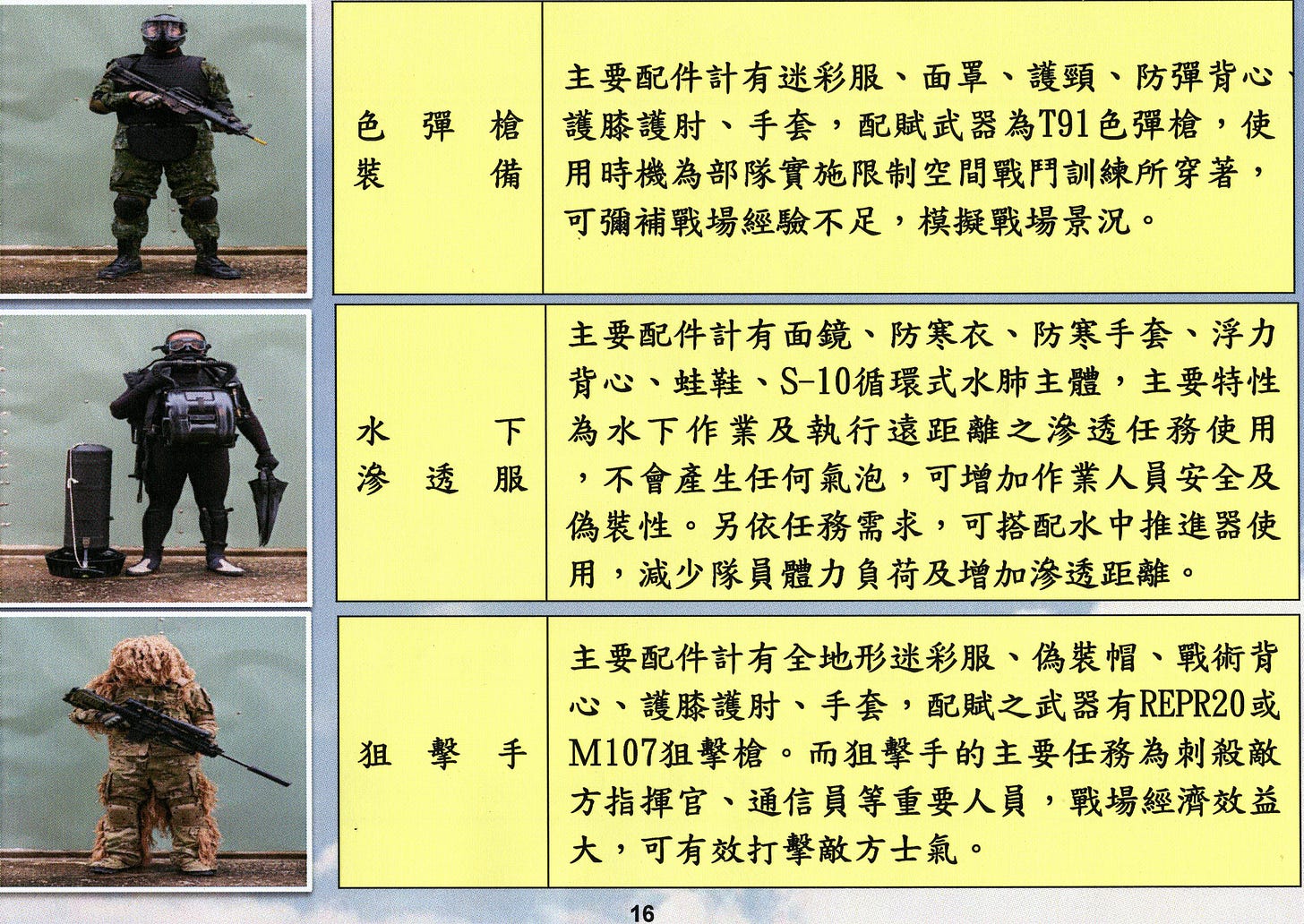
BELOW: Discontinued patch for the ARB. Author collection.
EARLY INTEREST: Frogmen From Fiction
I must confess to the readership of my childhood fascination with frogmen. During the 1960s I was a fan of the Tv series Jonny Quest (1964-1965). The Quest series had plenty of cloak-and-dagger scenarios via mysterious frogmen working for a secret organization. There was even a femme fatale from Hong Kong named Jezebel Jade that was far beyond my pre-teen ability to wrap my mind around.
There was also the 1965 James Bond film Thunderball, which included a fierce seven minute long undersea battle between two groups of frogmen. Armed with spear guns and knives they fought to the death with sharks eating the wounded. I even had the Thunderball board game.
ABOVE: Today this would be referred to as “toxic masculinity”, but honestly one wonders what kind of dangerous is the right kind of dangerous? Forgive this use of Aporia, but someone needs to say something to this next generation of confused gender identity.
For the record, during the 1960s the SEALs were an unknown, and it was the Green Berets that captured the American public’s imagination with a ballad, book, and a movie with John Wayne and Star Trek’s George Takei (who later condemned the film for political reasons; it also cost him one season on Star Trek).
Even the corny Billy Jack movies made an impression on our youth as his character was a former Vietnam Green Beret. The movie was somewhat remade in an idiotic way as the archetypical dejected Vietnam veteran in Rambo played by Sylvester Stallone (who ironically slipped into Canada on a teaching visa during the war). However, most of the films of the 1970s took a far more serious tone, such as Apocalypse Now.
My uncle had brought back a beret as a souvenir for me from a trip to a Saigon tourist shop. He had served, not for the Green Berets, but with the 199th Infantry Brigade (“the Redcatchers") at Sông Bé and rotated back to the U.S. just prior to the 1968 Tet Offensive. Ironically, the 199th had trained at Fort Benning using the John Wayne movie’s mock villages seen in the film.
SEALs did not come to public attention until the 1980s with the Tv show Magnum P.I. Magnum’s backstory was largely used for occasional Vietnam War flashbacks, but then in 1992 there was an explosion of interest in SEALs with two books: Richard Marcinko’s autobiography Rogue Warrior and Gene Wentz’s novel Men In Green Faces (both Vietnam SEALs).

